Tinker Crate is a subscription box that inspires kids to learn about science, engineering, and technology, all while having lots of fun. Each month, the box explores a field of study within a STEM (Science, Technology, Engineering, and Math) discipline. Kids practice their problem-solving skills and learn how to engage in both structured and open-ended exploration and investigation. Most boxes walk the tinkerers through the construction of fairly complex mechanical devices.
DEAL: Use this link to save 30% on your first box of Tinker Crate! (or Kiwi Crate and the KiwiCo family subscriptions Koala Crate, Tadpole Crate, Atlas Crate, Doodle Crate, and Eureka Crate).
This month, we are building our own LIGHT UP PLANETARIUM.
Everything arrives together in a single Tinker Crate – the supplies, a fold-out instruction sheet, and the Tinker Zine.
Tinker Zine
The main project is always a great hands-on activity and a great demonstration of the scientific principles featured in the box, but the Tinker Zine is full of well-written, historically and scientifically accurate background and explanatory materials. This where the lessons really take shape!
Tinker, Create, Innovate
KiwiCo equips the next generation of innovators with the tools and confidence for creative exploration and problem solving.
This month’s Tinker Zine discusses the Sky Season Planetarium, the motion of the stars, and many more!
You can complete the project in the blueprint bu trying the Sky Season Planetarium. Use the finished planetarium to model the motion of the stars throughout the year!
There’s also a full article about the Motion of the Stars. It discusses how the stars move, and one great example is our Sun!
It also explains more about the Celestial Sphere and Star Maps!
There’s also an activity where you will make your own quadrant, which can be used to measure the motion of the stars!
After making your own quadrant, you can now search for stars and measure their movement! Here’s another article that thet discusses Celestial Navigation!
Tinker Crate Blueprint + Materials
The instructions and other essential project information are printed on a faux blueprint fold-out sheet.
This sheet also gives you a glimpse of how the end product would look like and the materials that you should expect to inside the crate.
It also lists down all the materials needed for the project!
Tinker Crate Activities
For this project, we used the following materials: dome pieces, stand piece, base piece, arc pieces, pivot pieces, planetarium ring, battery pack, batteries, LED holder, LEDs, dowels, push pin, bolts, spacers, sticky foam donuts, small and large double-stick foam squares, black sticker sheet, a pair of scissors, and the Tinker Crate box.
The faux blueprint has illustrations of all the materials needed for each portion of the assembly. For more complex builds, this is really handy for getting out just what you need for the current step.
Here are some of the stuff we need for the Planetarium to work and light up!
Also, it has a lot of explanatory notes, and they highlight or bold important and technical areas.
We built the LED part of the project by assembling the battery pack, LED light, and the stand.
After completing and testing if the LED part works, we then proceeded to build the dome. We read all the instructions first, then we got all the materials to make it.
We used the dome pieces, planetarium ring, double-stick foam squares, and black sticker sheet to build the dome.
We first laid out the dome pieces on top of the crate.
The planetarium ring will also serve as a guide as you flip and build the dome.
It’ll be easier to make the dome by following the ring. Use the foam squares to stick the parts of the dome to the Planetarium ring.
As we build the stand, we also need to make sure that the LED legs are built correctly. Warning: don’t touch the LED legs together while the battery is turned on as this can cause short-circuit and overheat the batteries and LED, and it might ruin the whole project!
After completing the dome and the stand, it’s time to attach the base. For this part, we’ll need the completed dome, base piece, arc pieces, bolts, spacers, sticky foam donuts, and double-stick foam squares.
As you attach the dome to the base, make sure that there are no gaps in it.
Using the arc pieces, bolts, and spacers, attach the dome to the base piece.
Here’s our finished Planetarium Dome!
The dome looks awesome! And it’s cool as we tried to light it up!
This is an awesome project, especially for kids who are interested in studying about the outer space! It’s a good start!
The crate also included a battery use instruction so you can use the Planetarium effectively.
There are also month label stickers for us to be able to try the Sky Seasons Planetarium activity!
Here’s how our planetarium looks in the dark! It shines really bright!
Aside from knowing more about celestial bodies, this can also work as a night lamp. It’s like looking at the night sky inside our room!
Our ceiling looks gorgeous, no need to go out of the house to do some stargazing!
We really had so much fun doing this project and the extension activities that they included!
Tinker Crate Extensions
The Zine also provided more ways to tinker via the Tinker Library, where they suggest related literature or applications for this month’s topic: Sky & Telescope’s Pocket Sky Atlas and Time and Navigation: The Untold Story of Getting from Here to There.
This is one great crate, as the kids get to build a mechanical device and improve their problem-solving skills while learning STEM concepts at the same time. The Zine is a nice mini-magazine that provided more information related to this month’s project. We love stargazing, and it’s great that we can do it in the comforts of our home through this Light Up Planetarium. The stars on our ceiling looked wonderful, and we enjoyed all of them. The activity Sky Seasons Planetarium is also fun while making the quadrant will give us the capability to measure the motion of the stars. This is really an out-of-this-world project! We’re more excited about the next crate, that’s for sure!
Have you tried Tinker Crate yet with your kids?
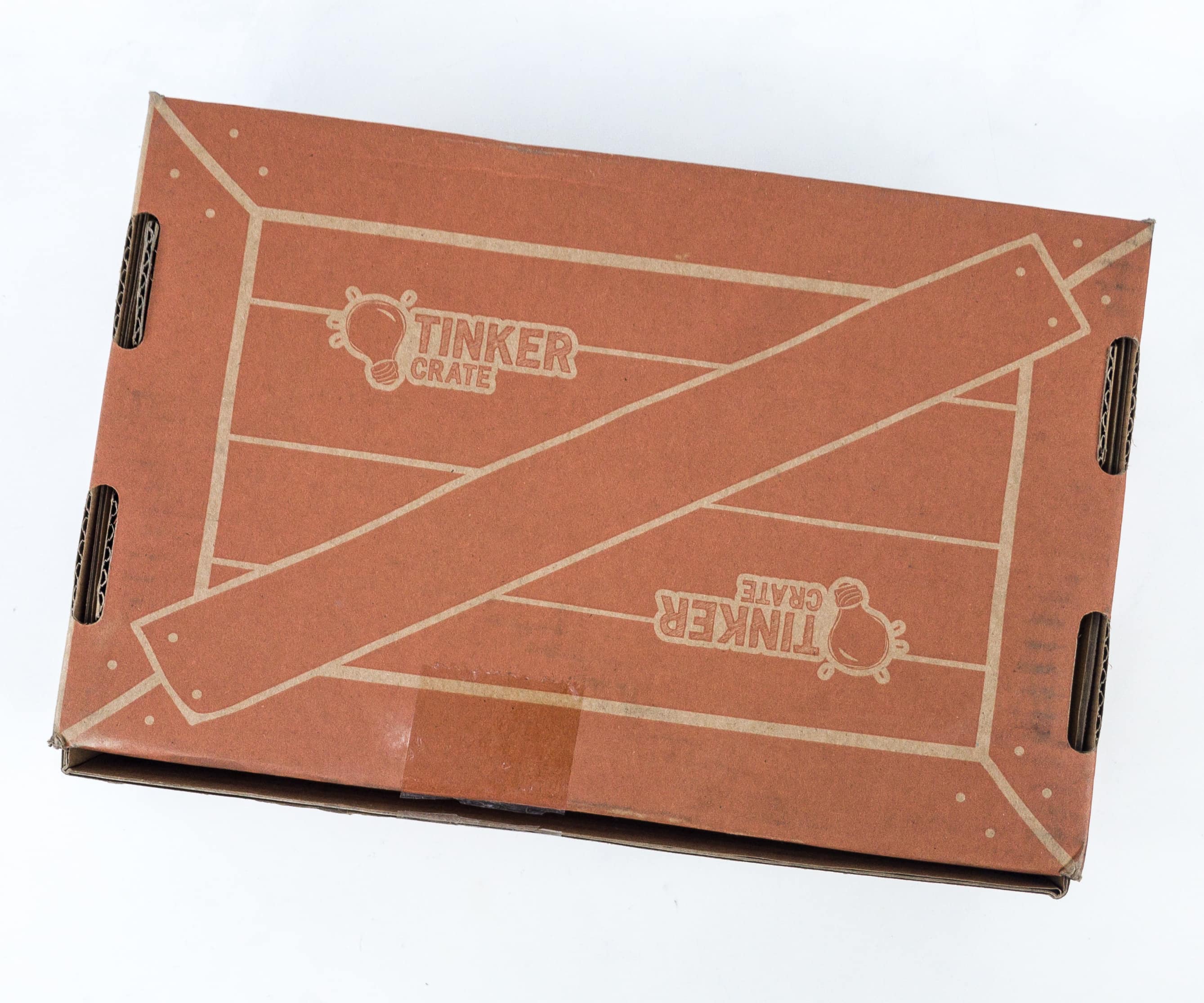
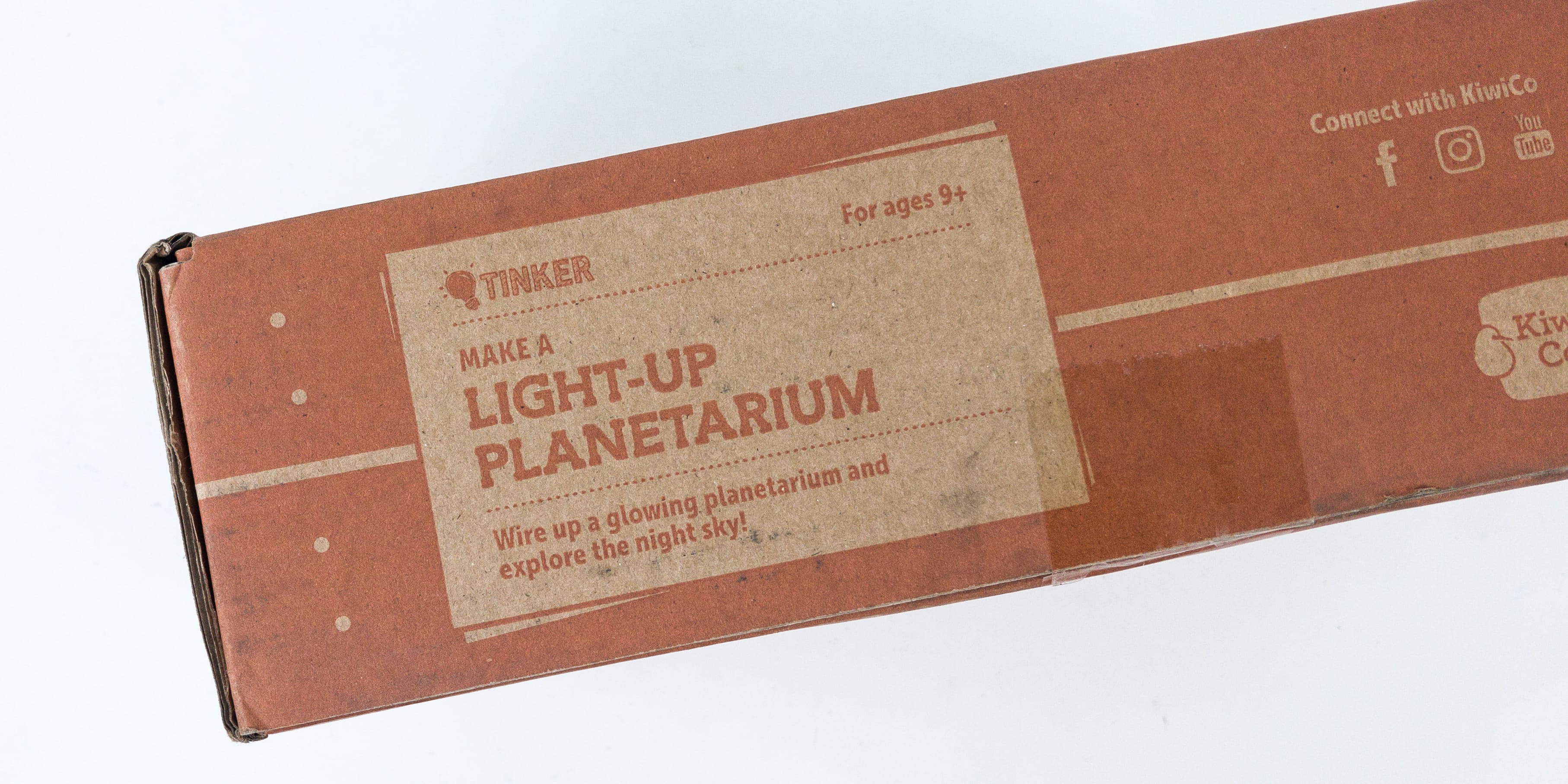
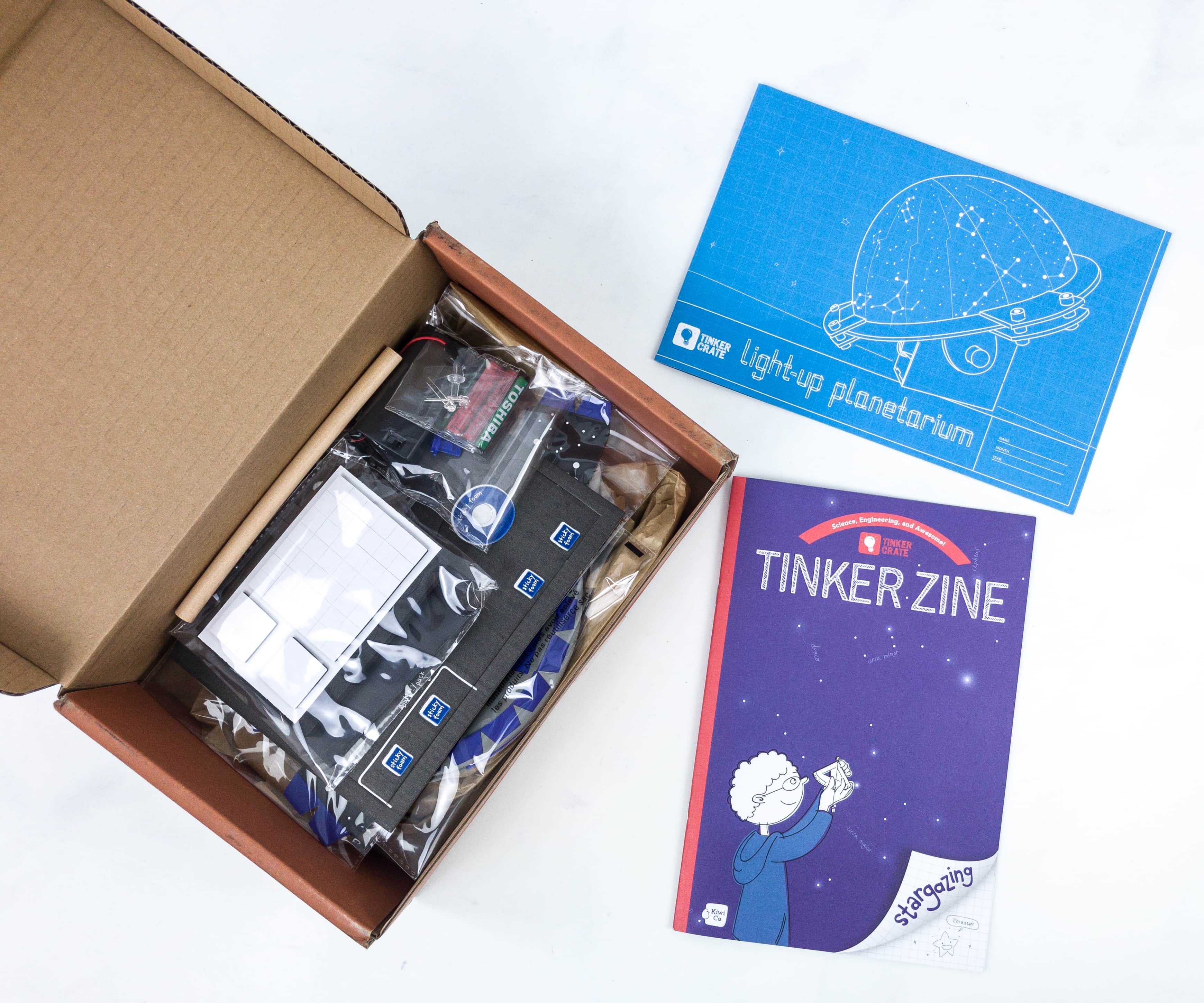
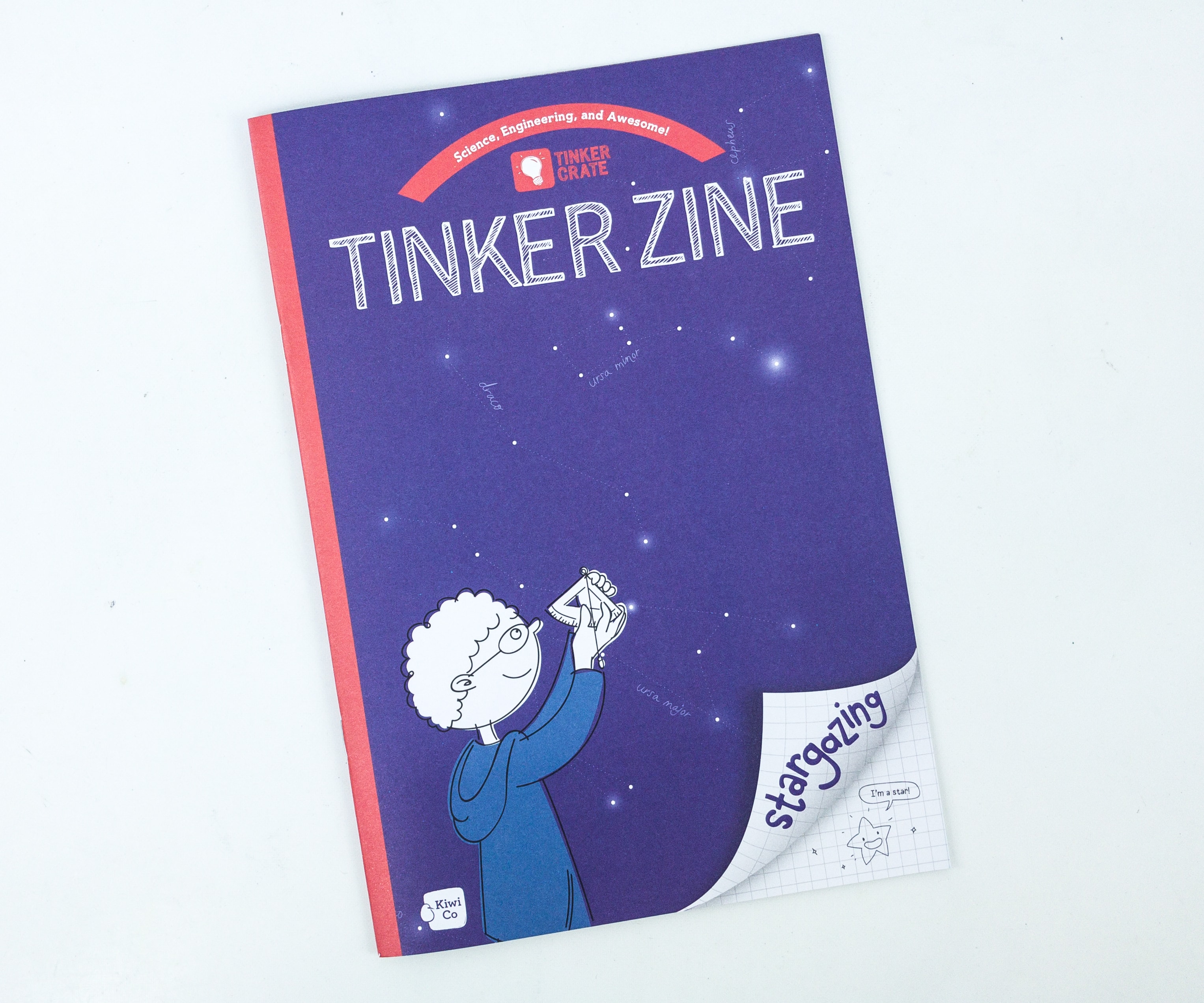
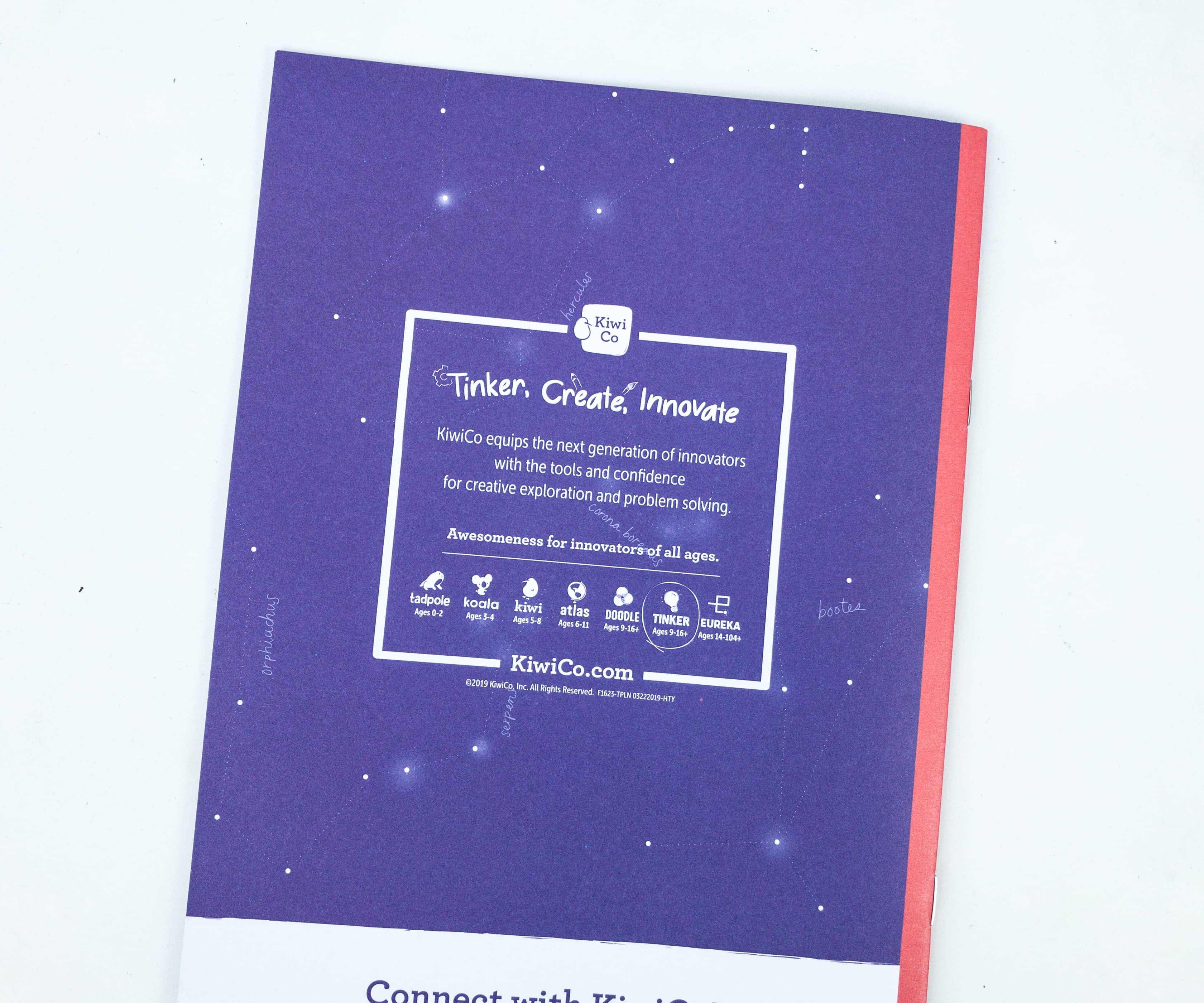
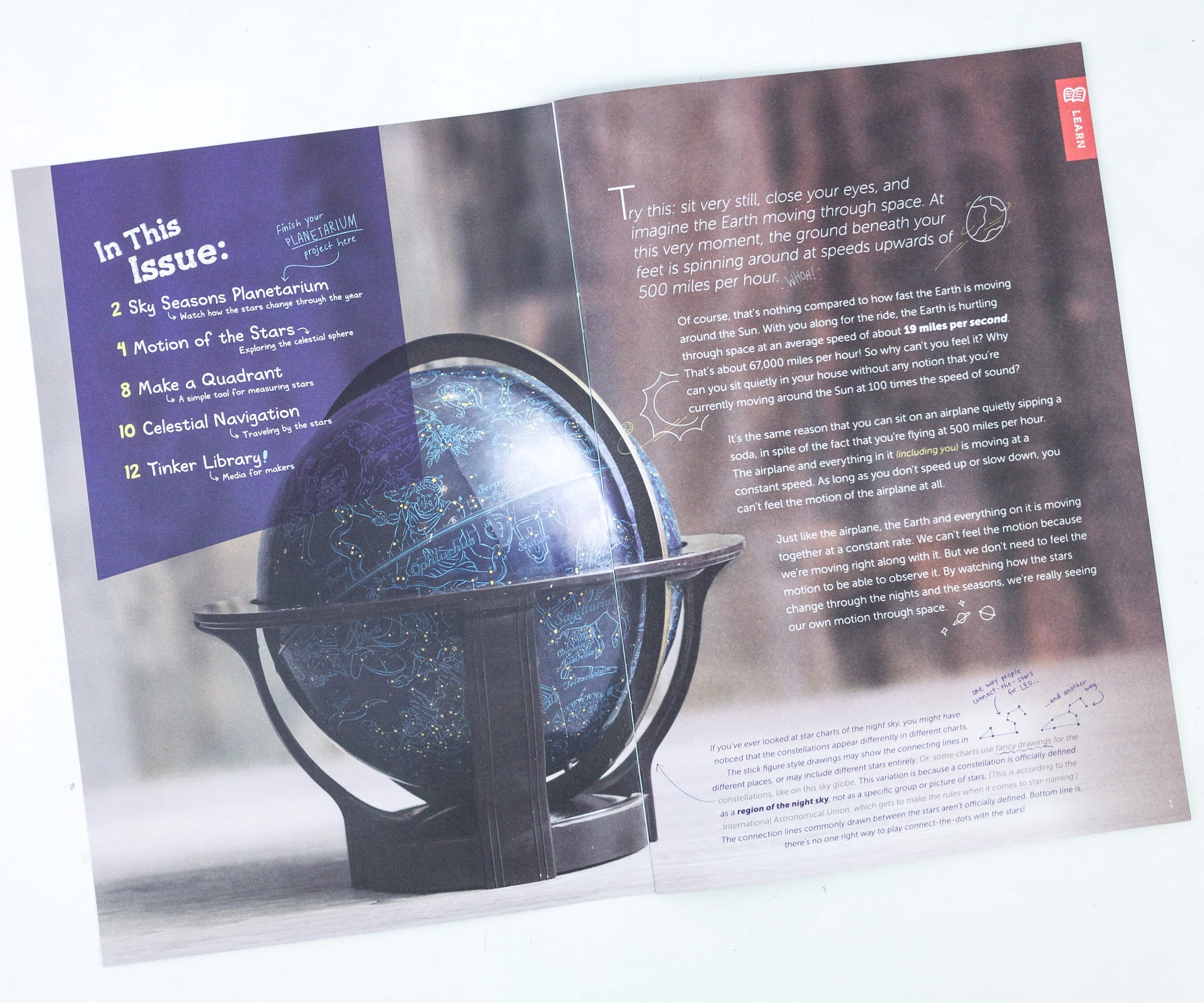
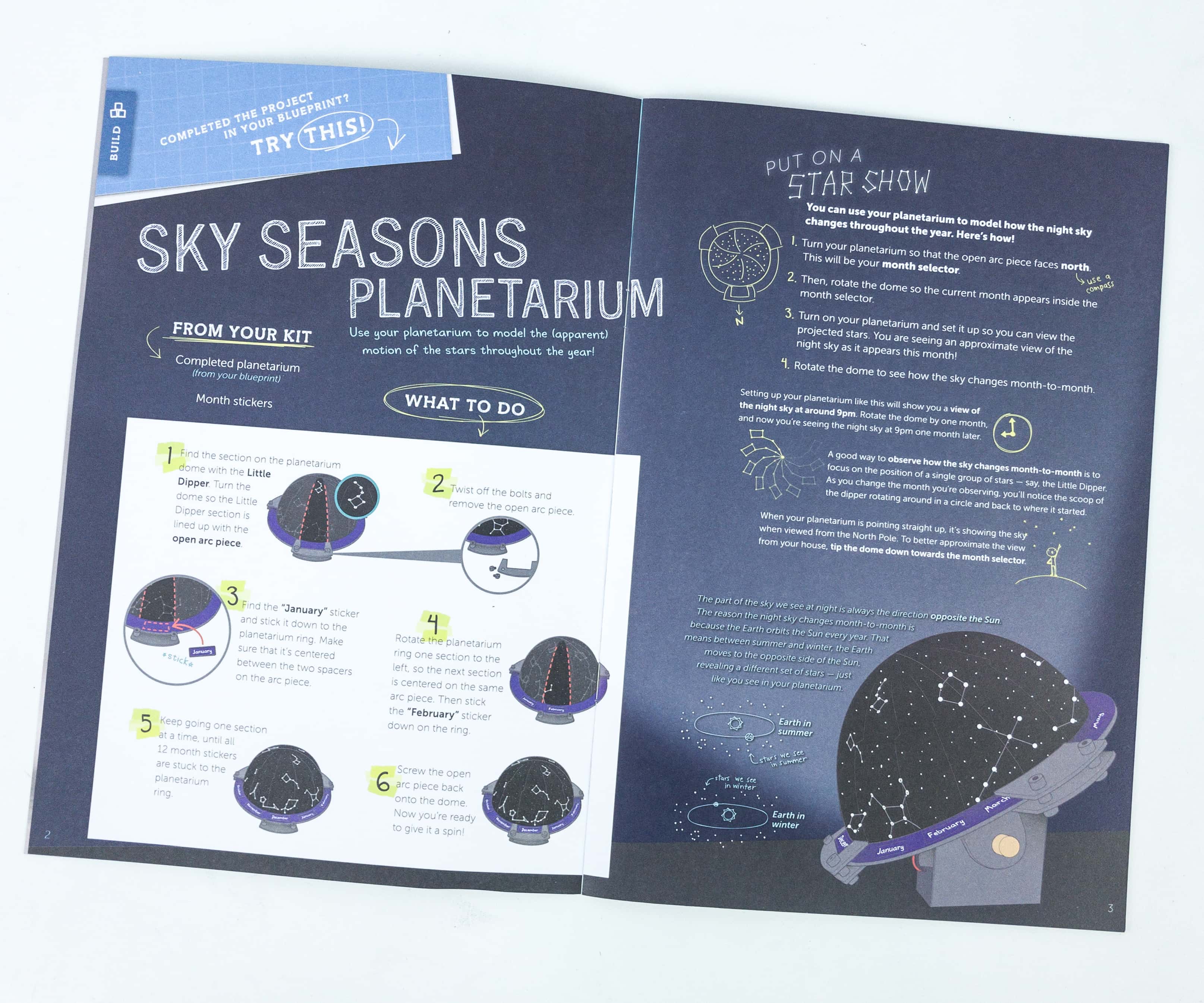
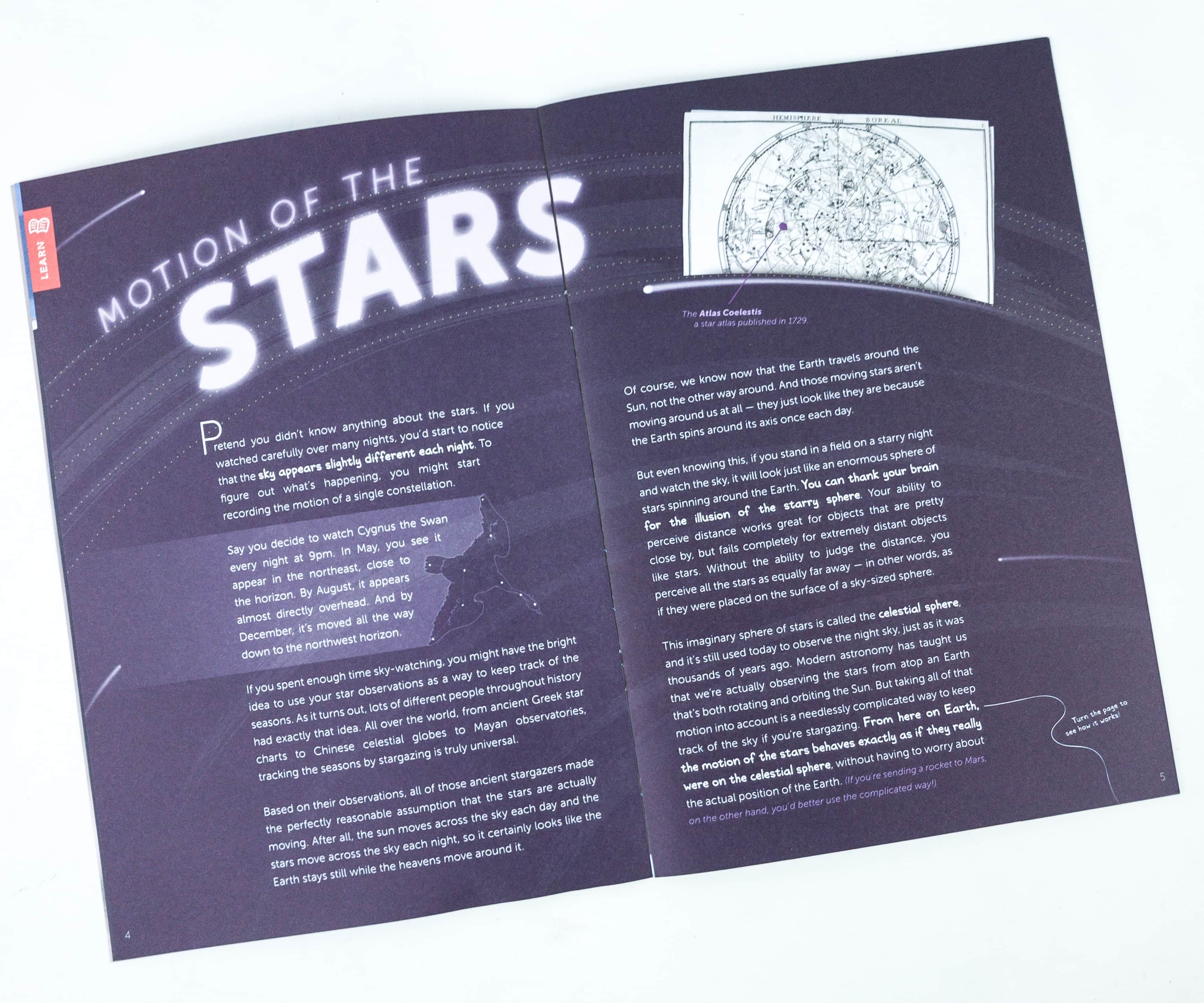
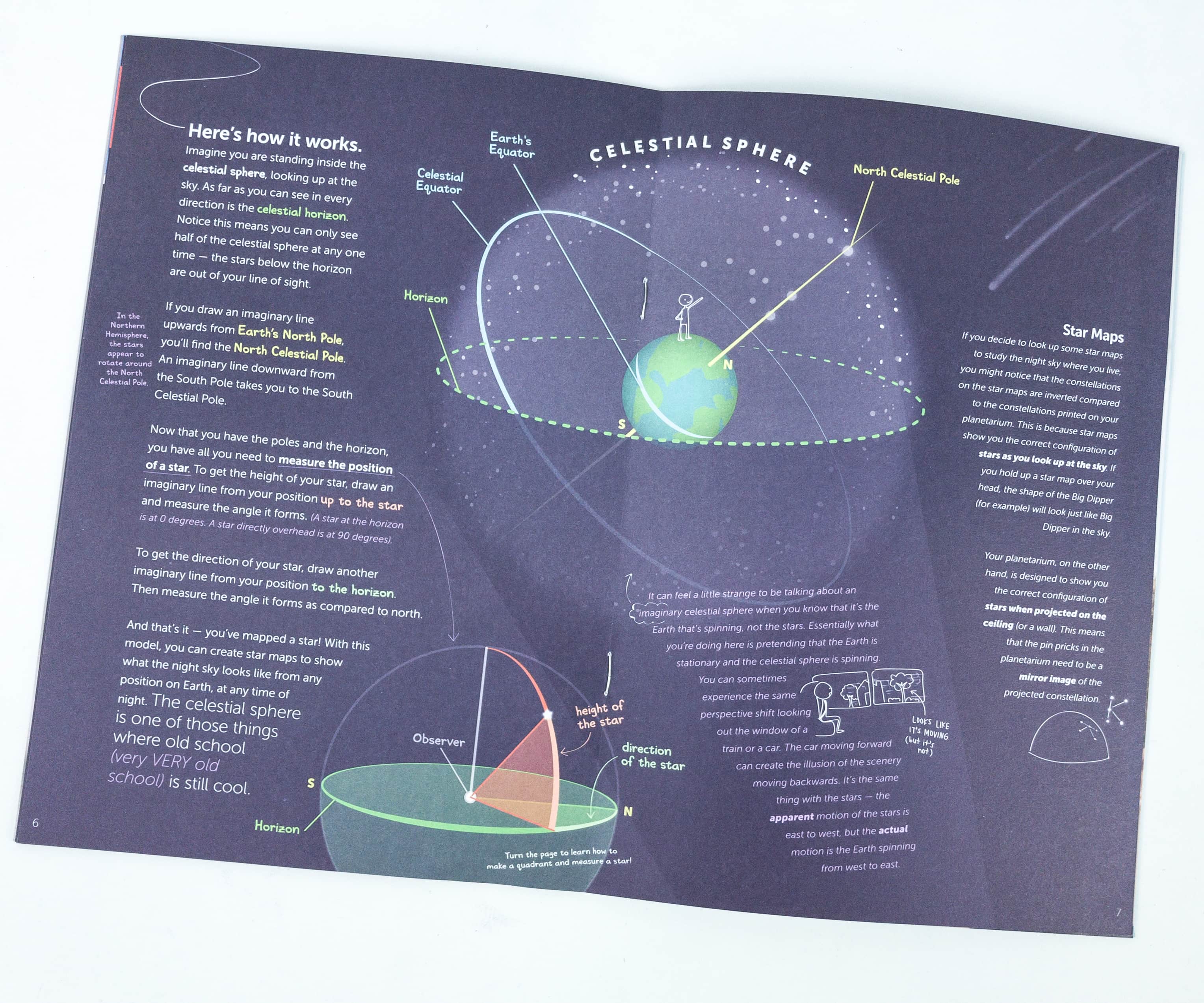
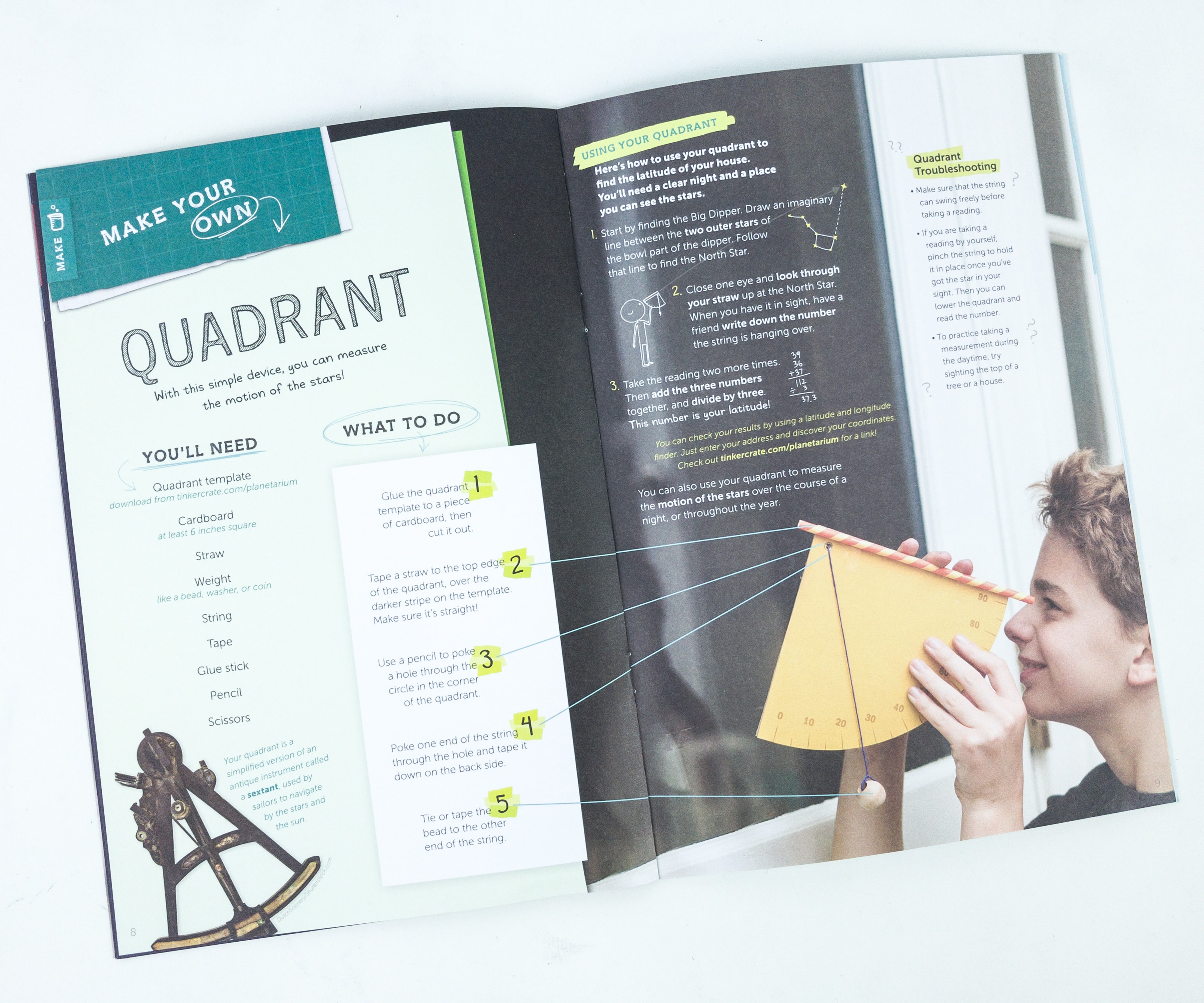
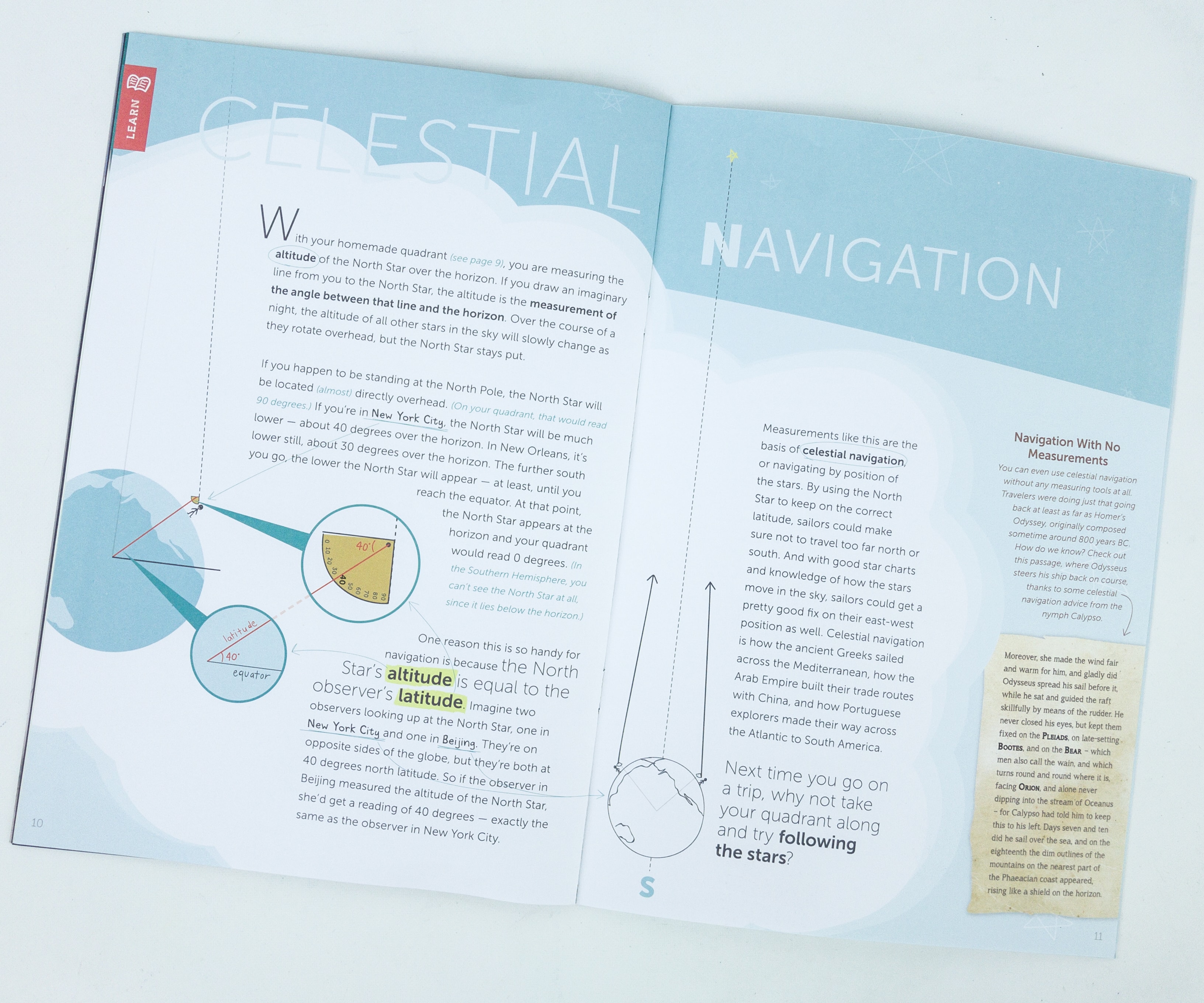
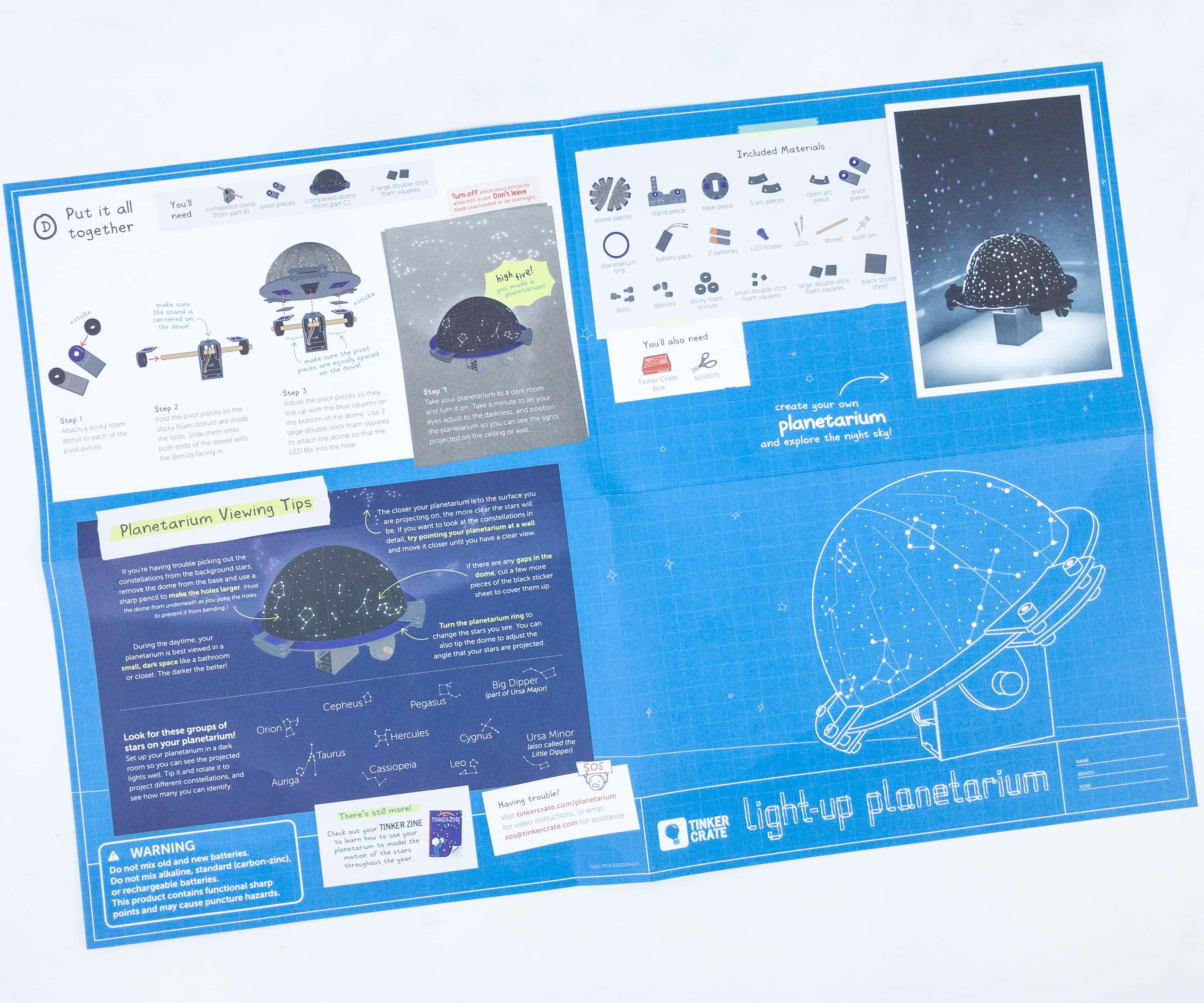

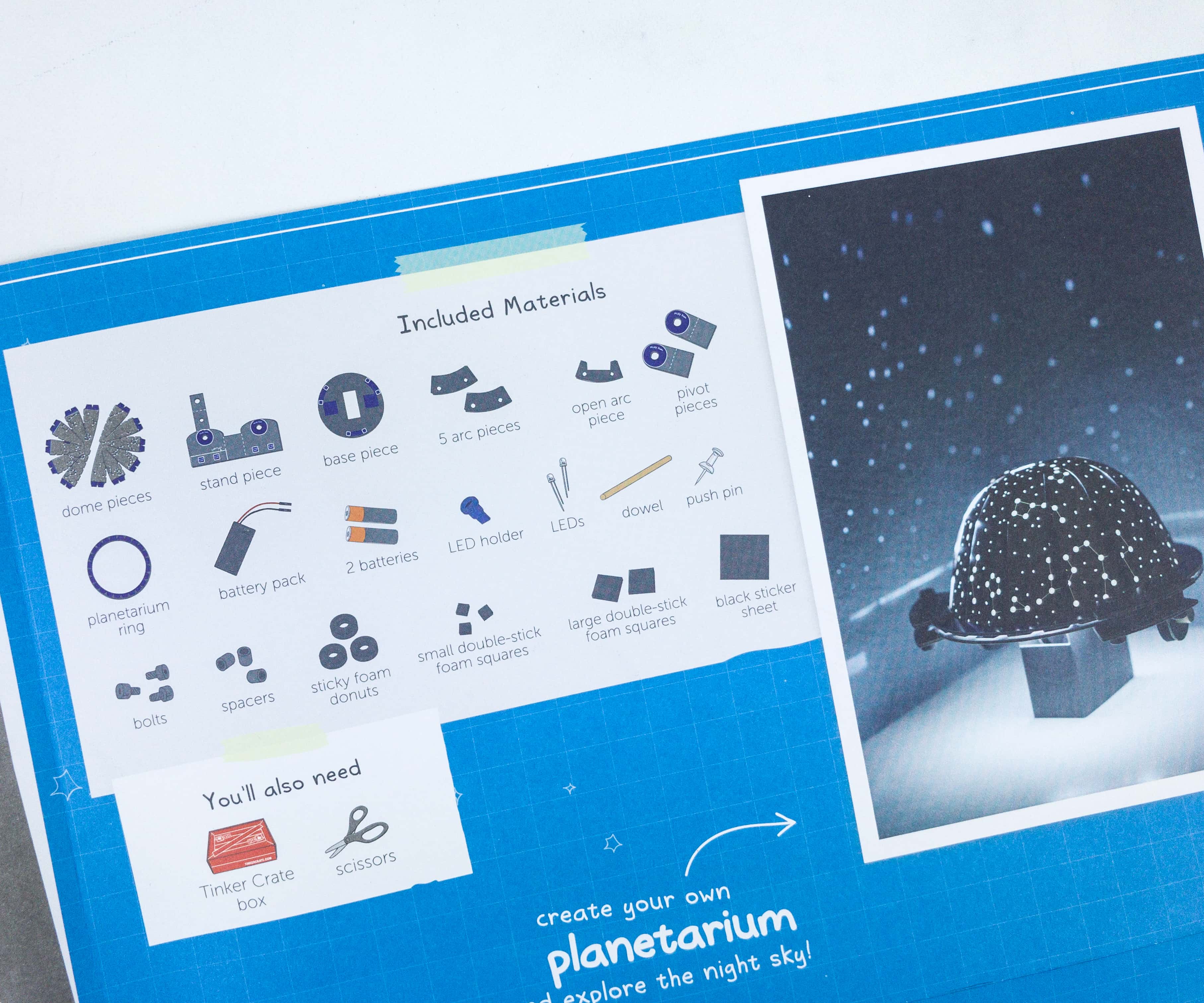
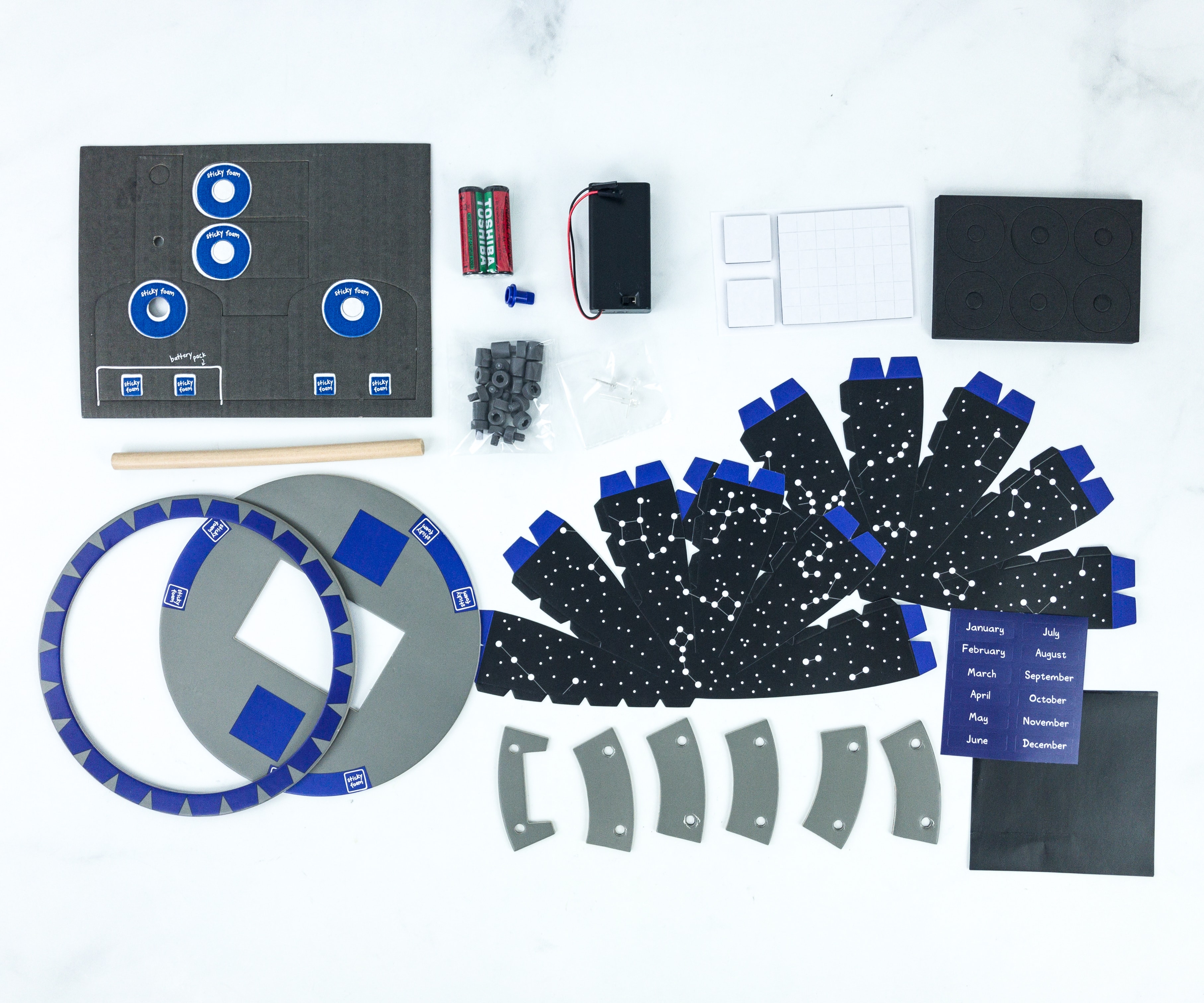
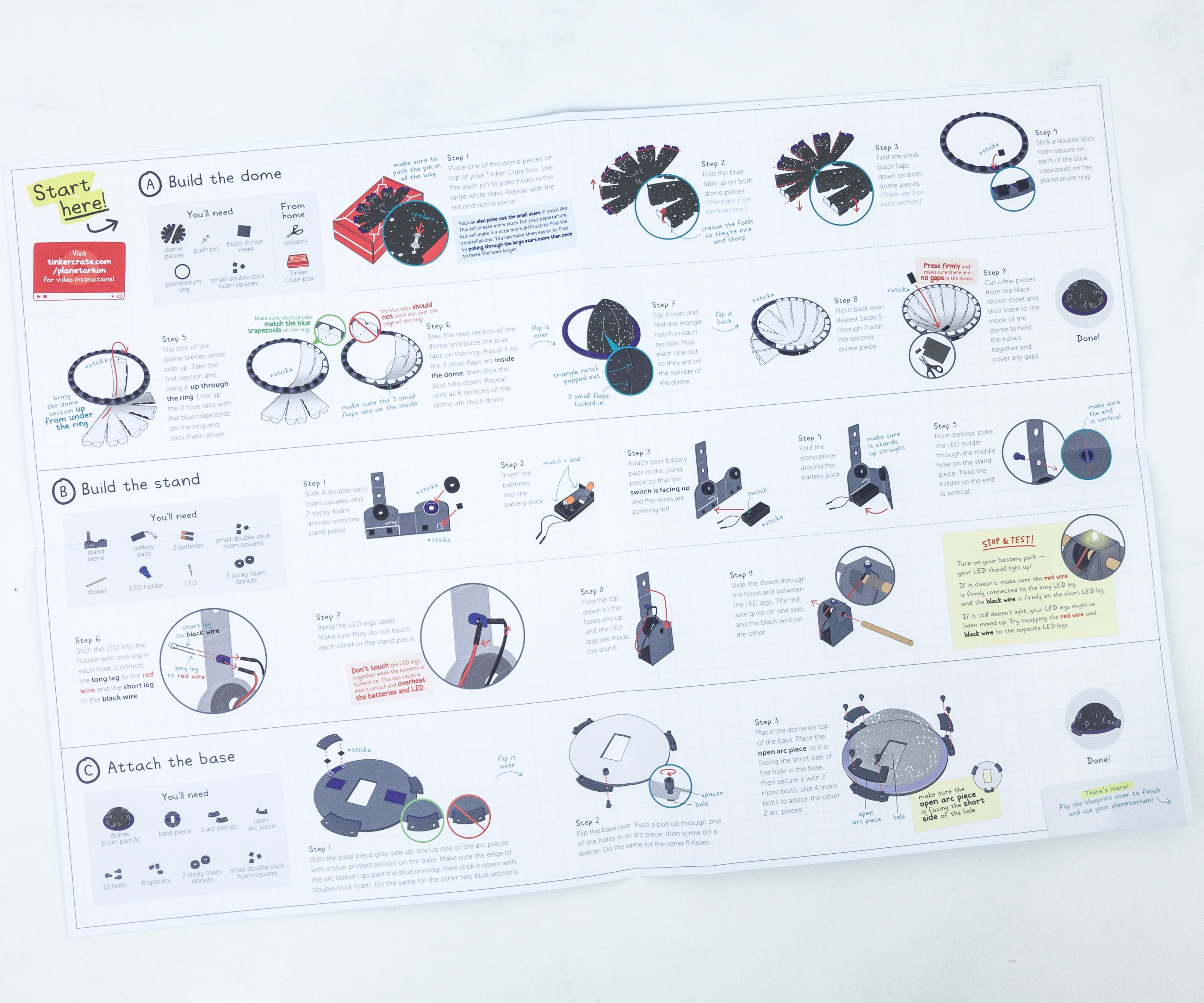
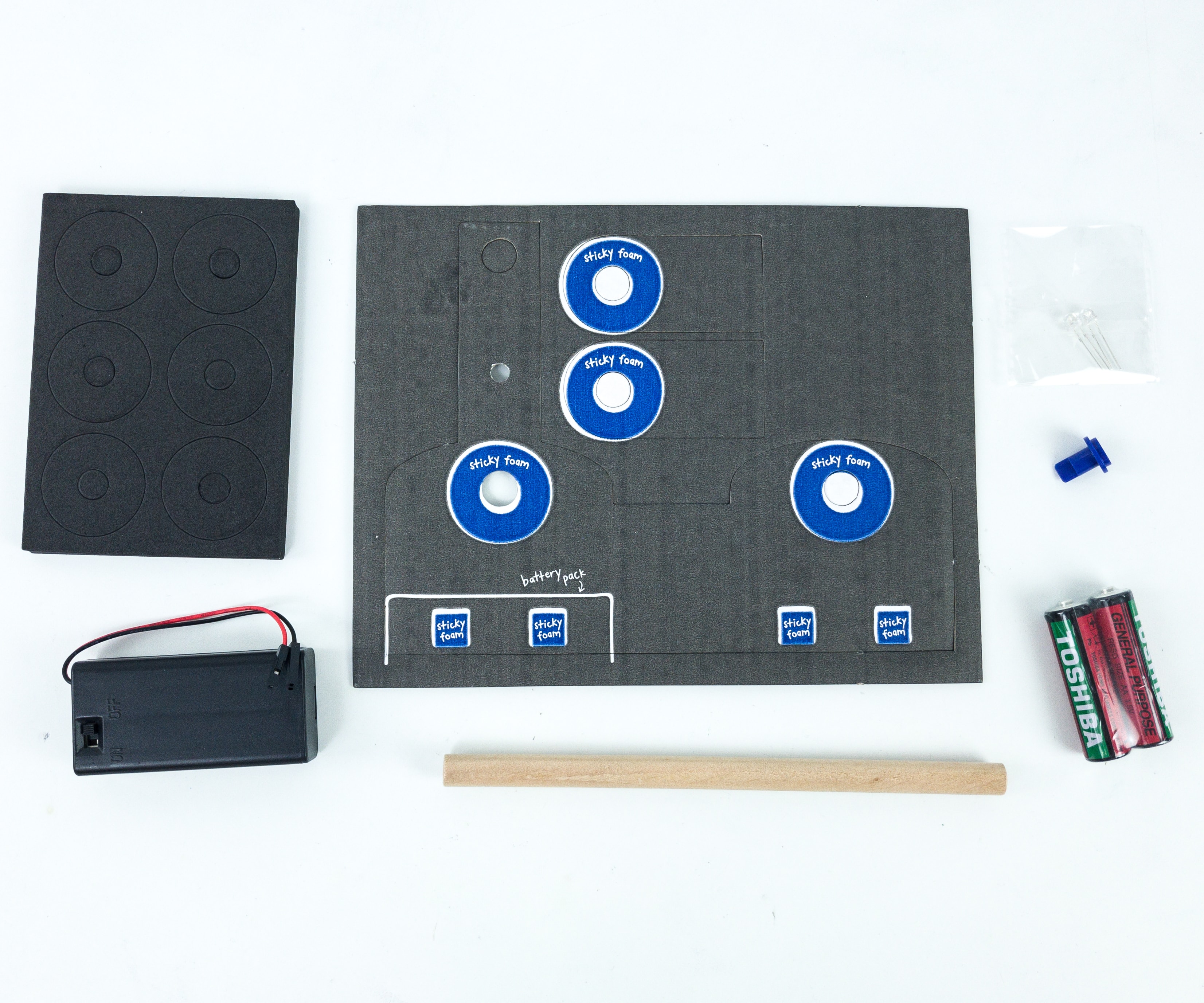


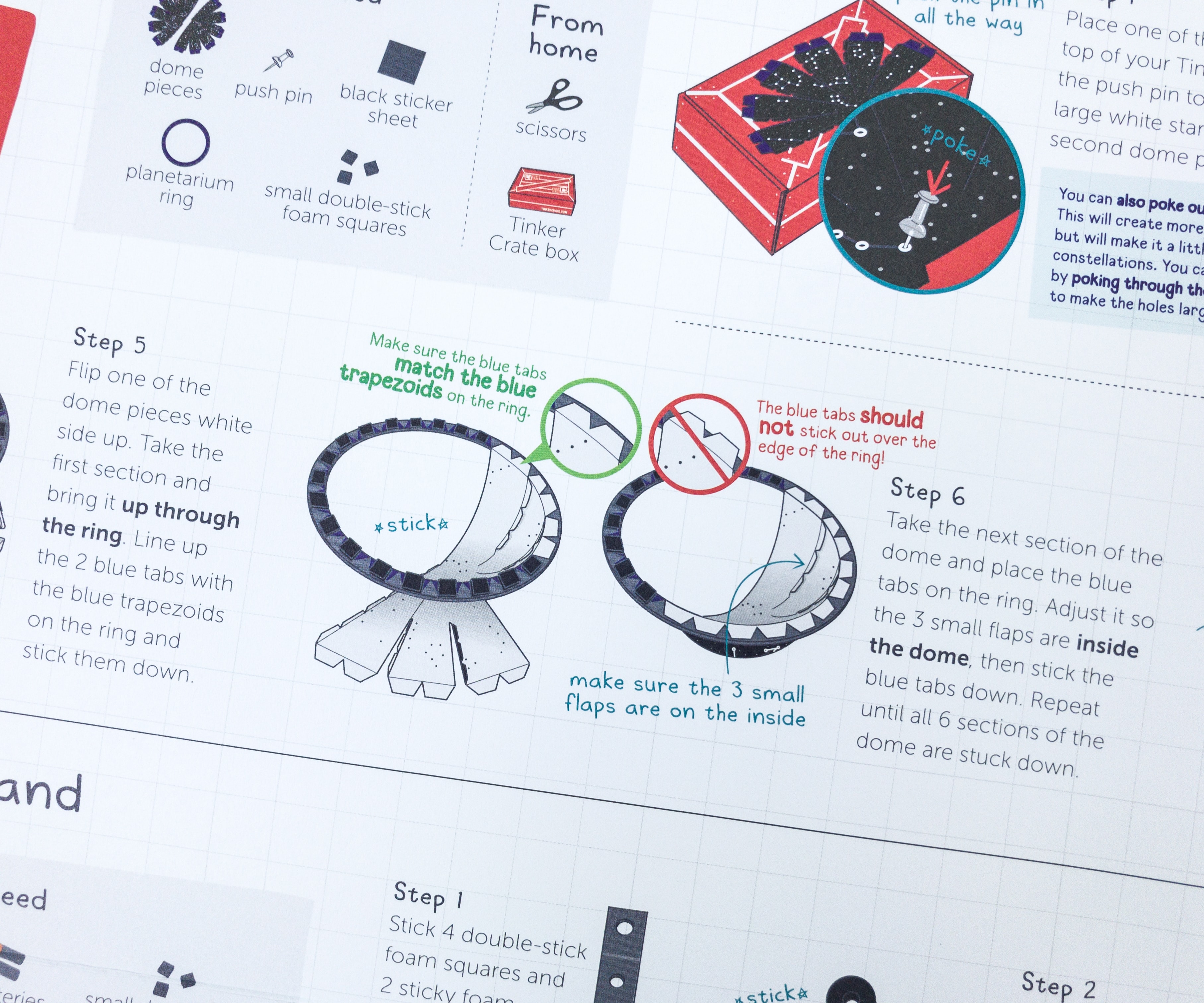

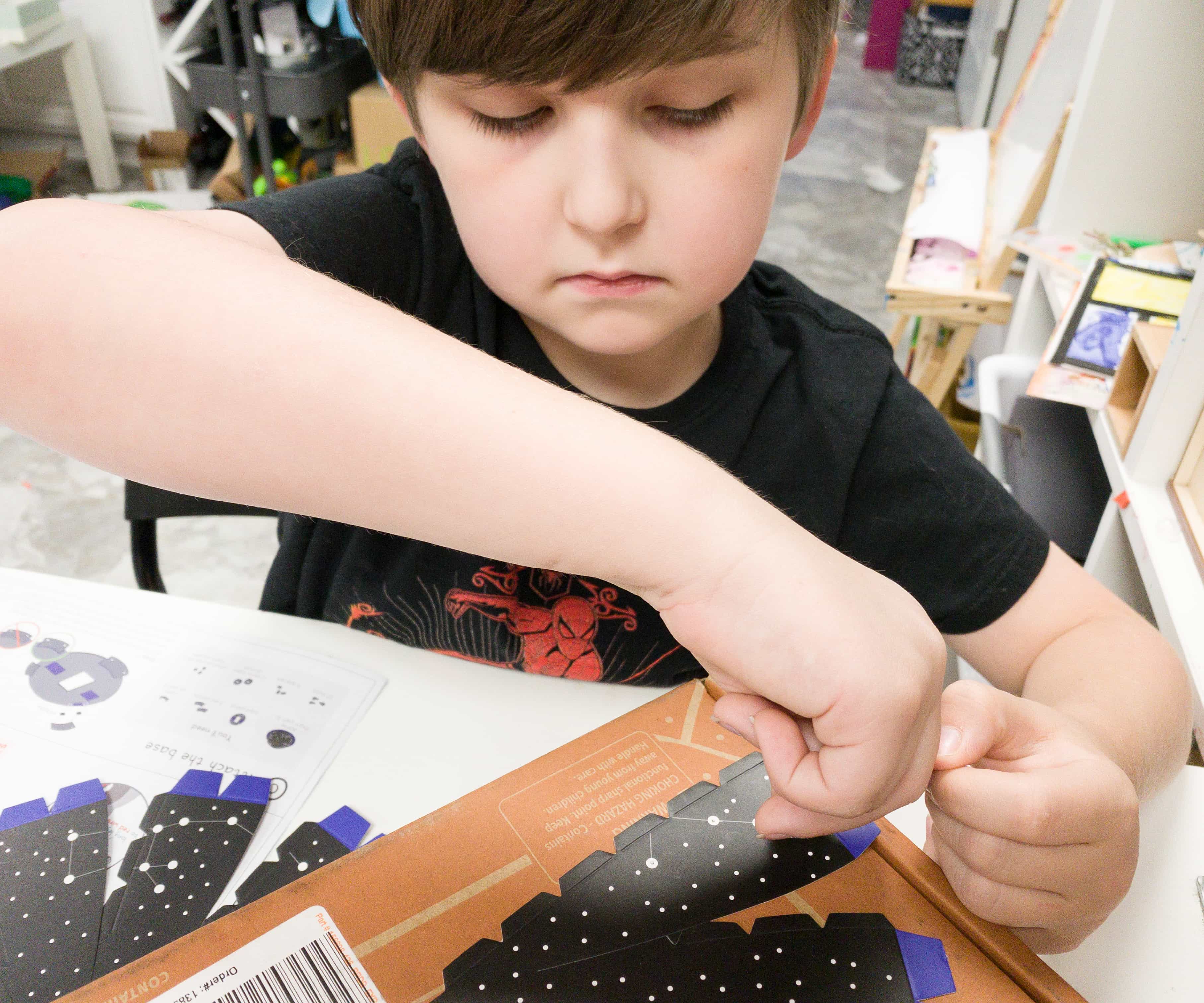

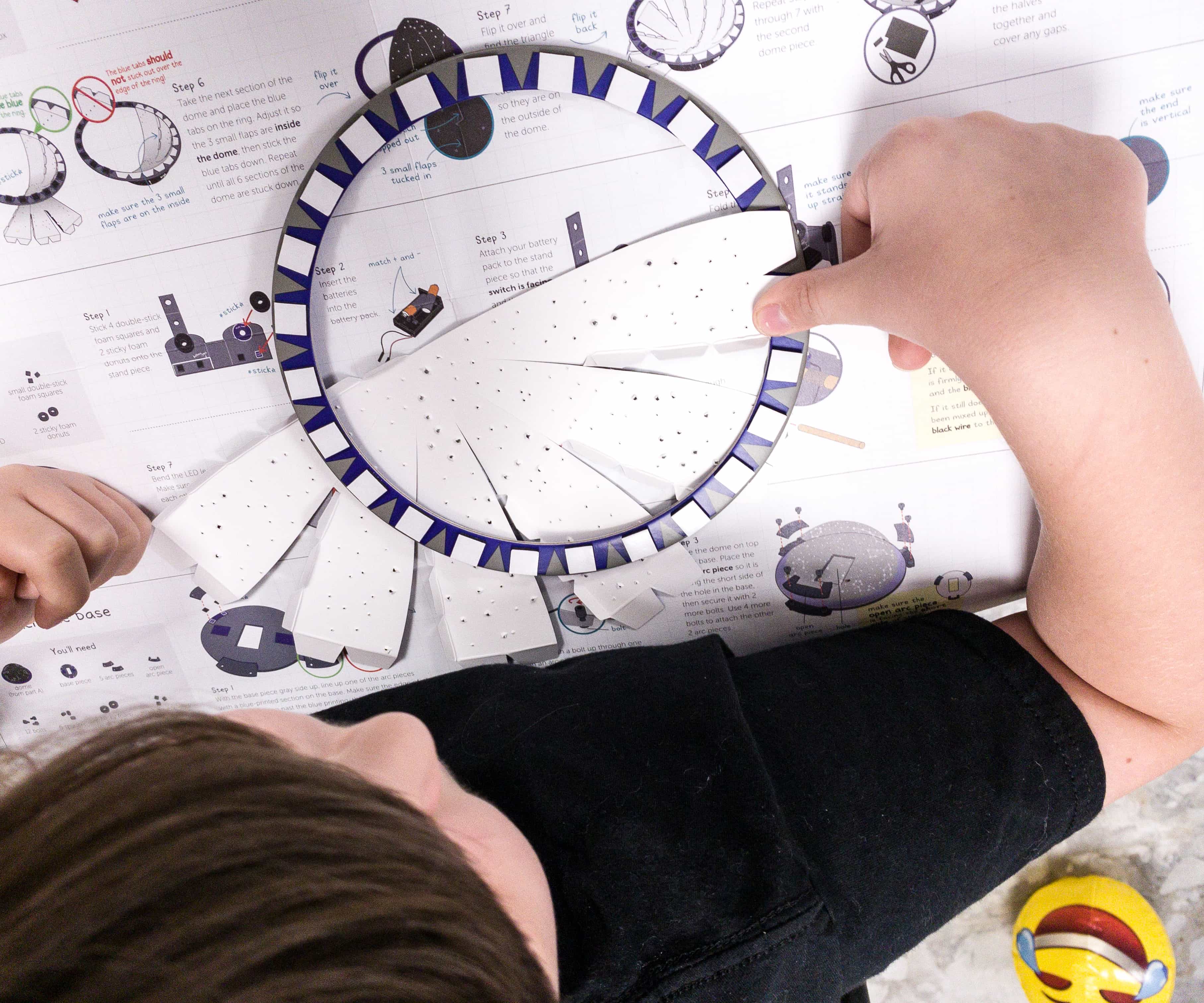
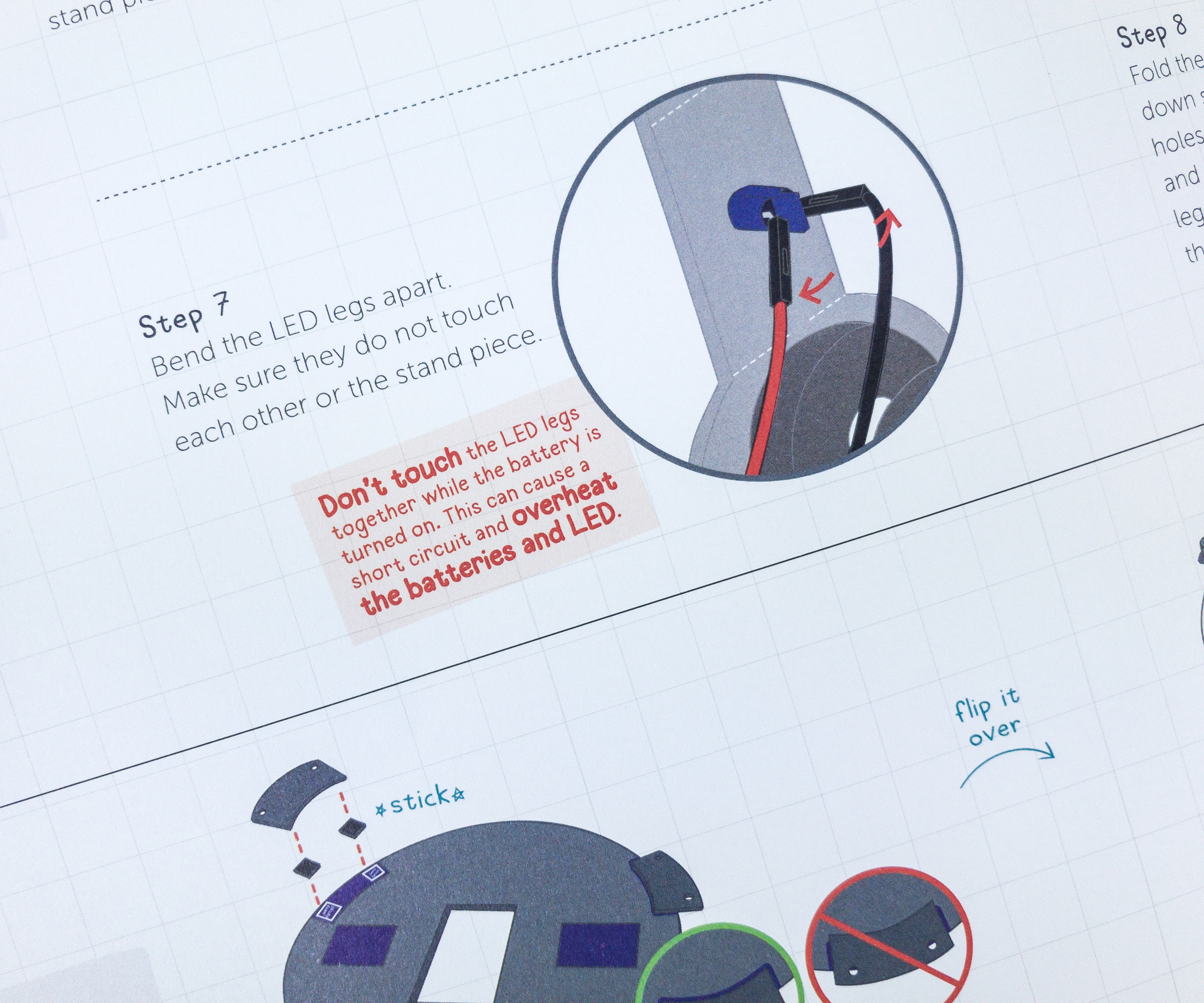
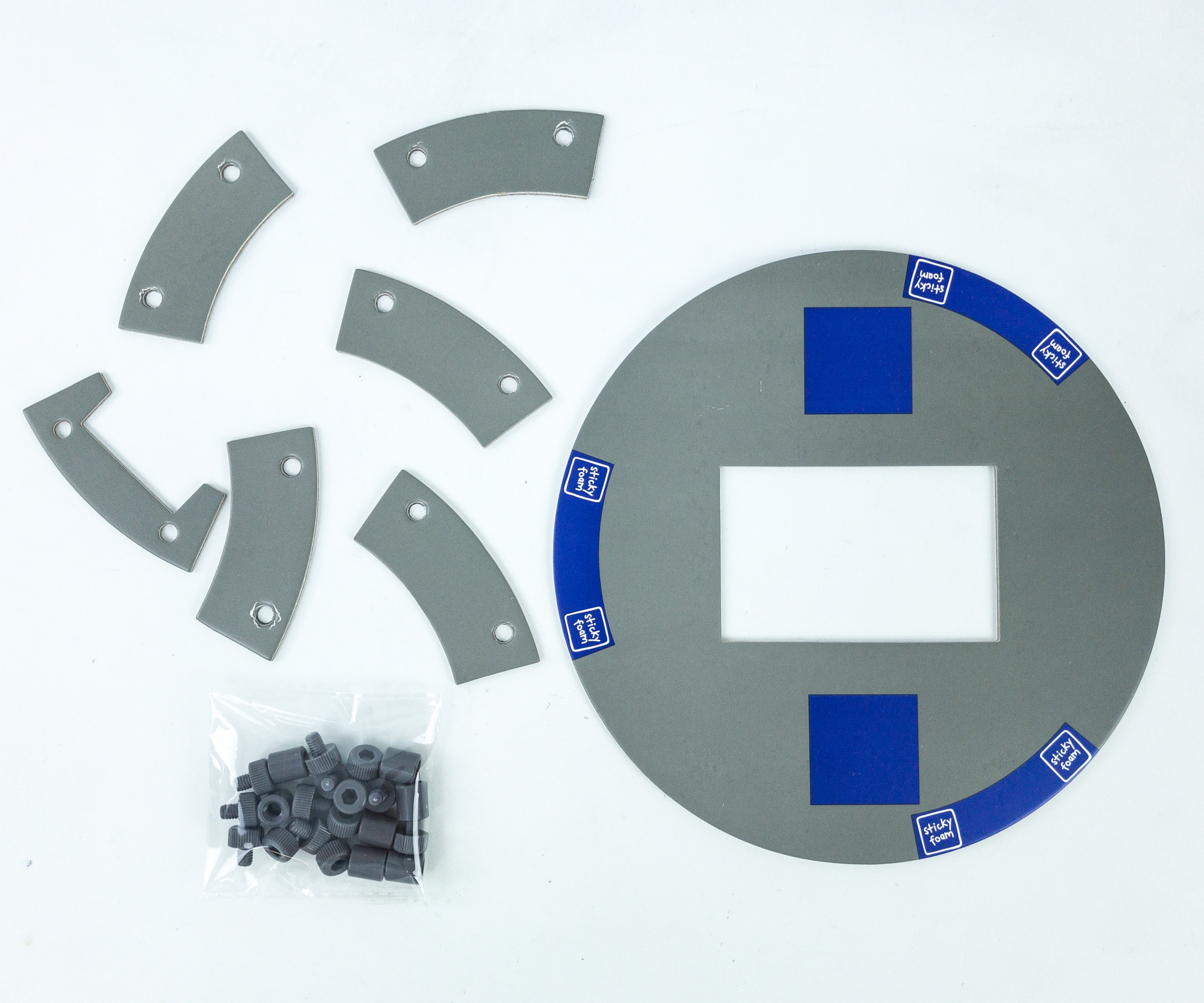
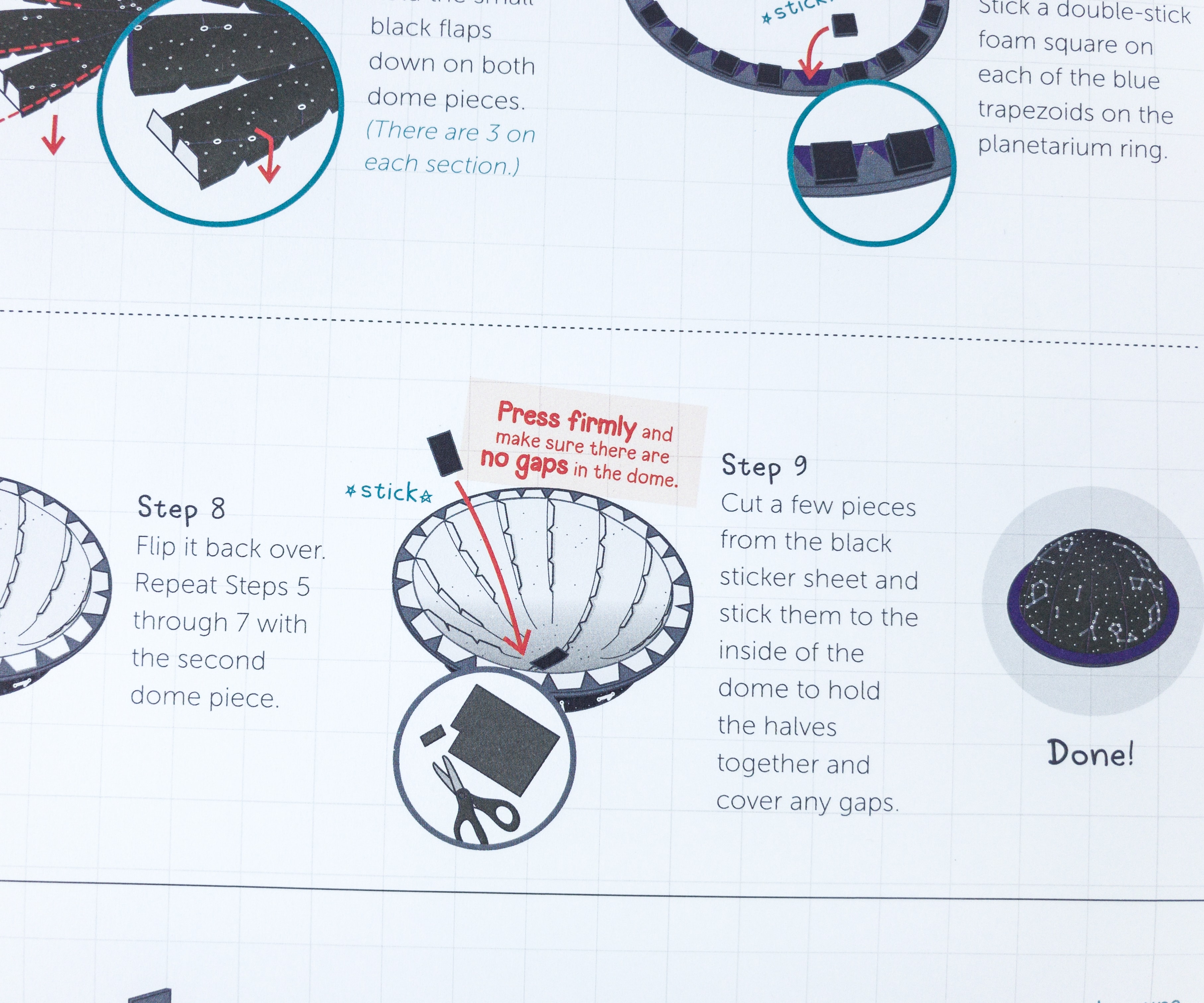
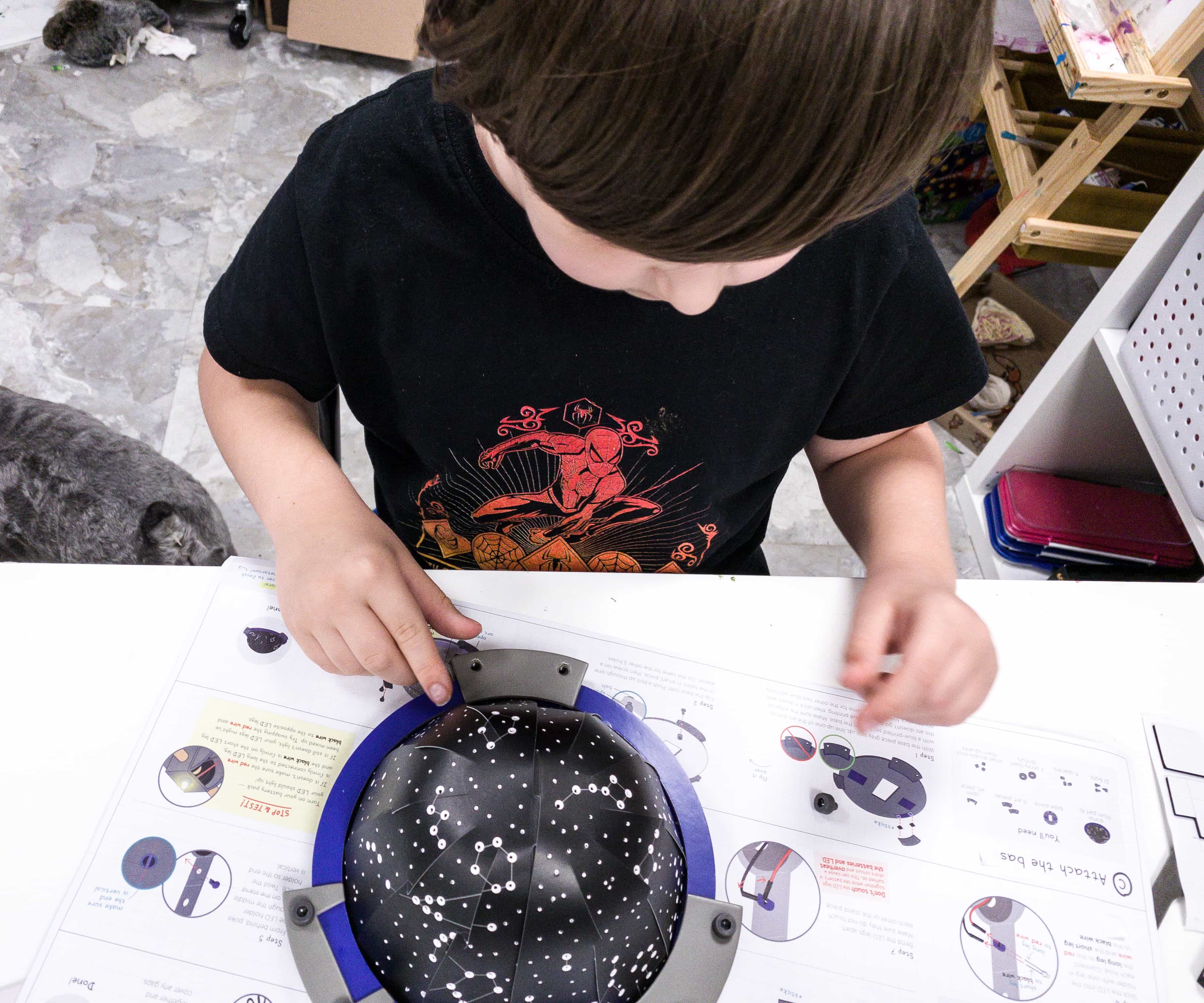

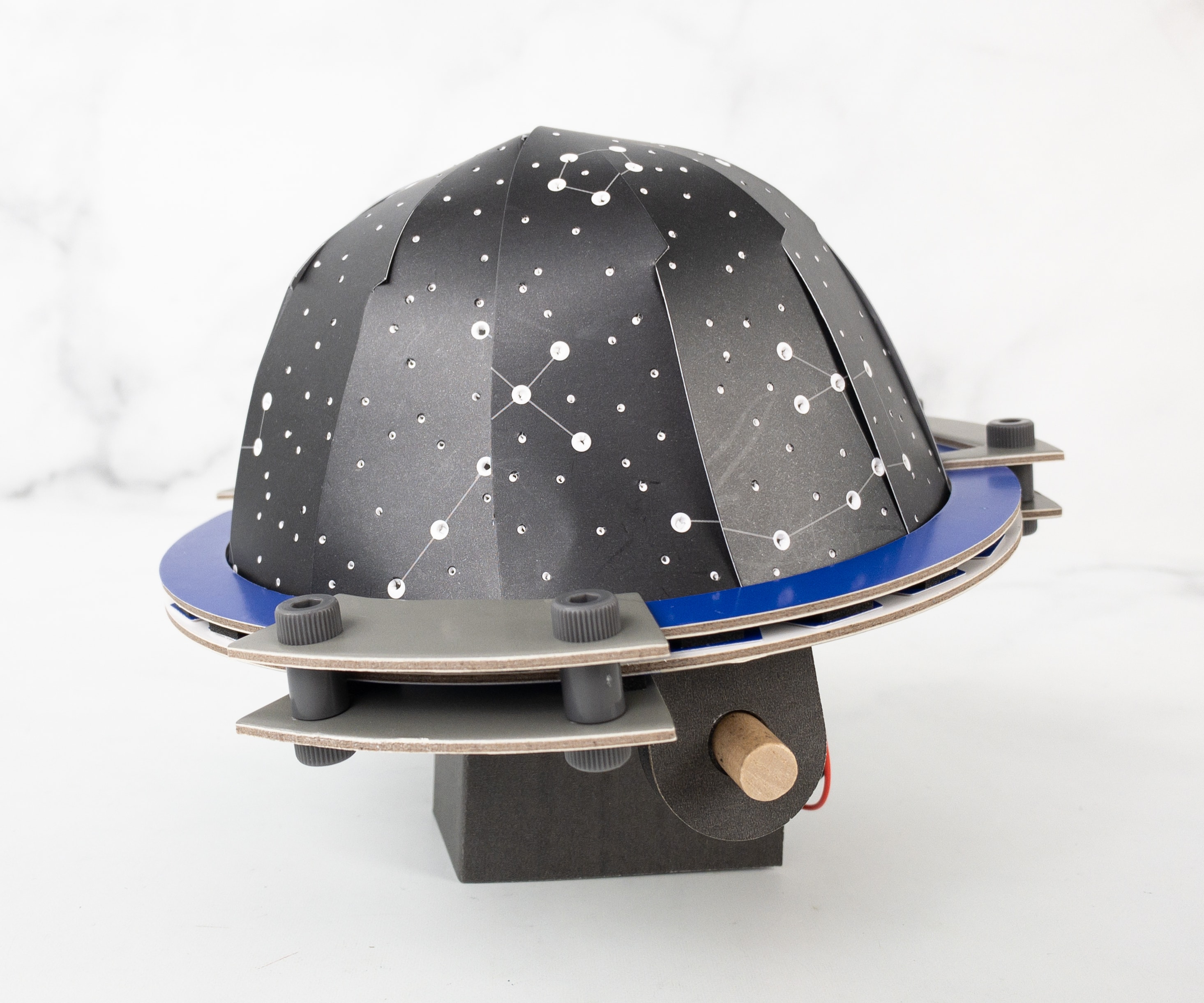
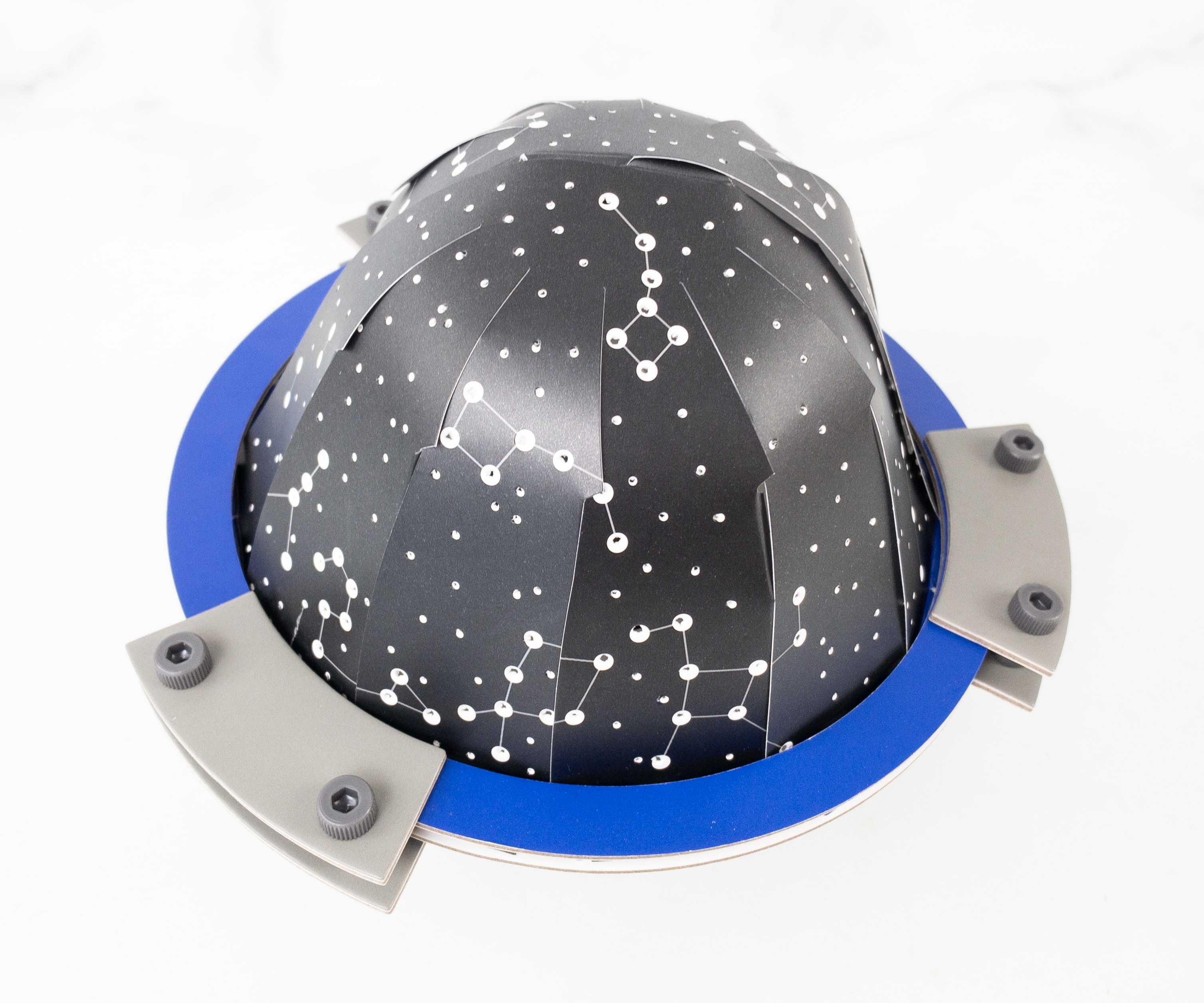
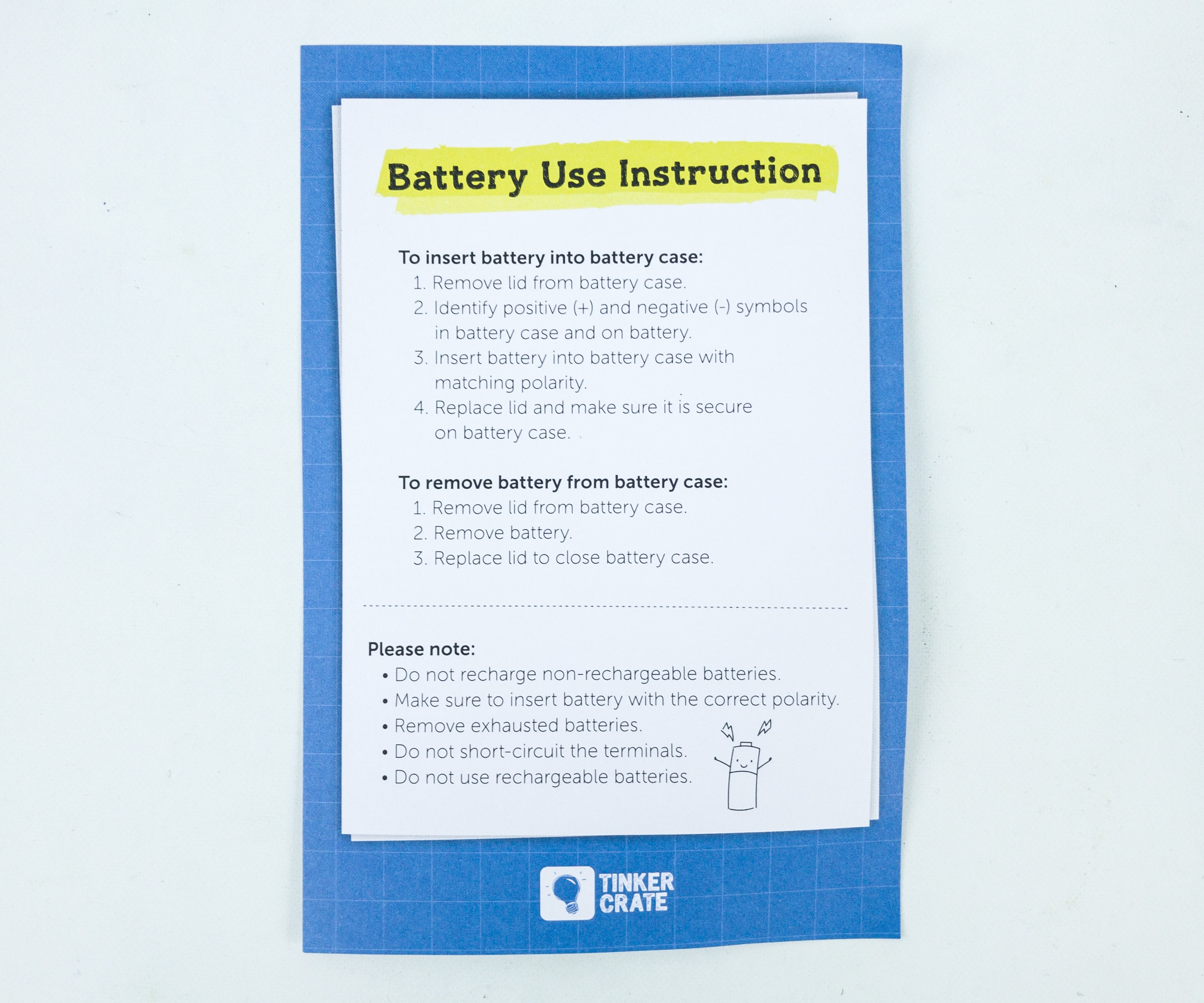



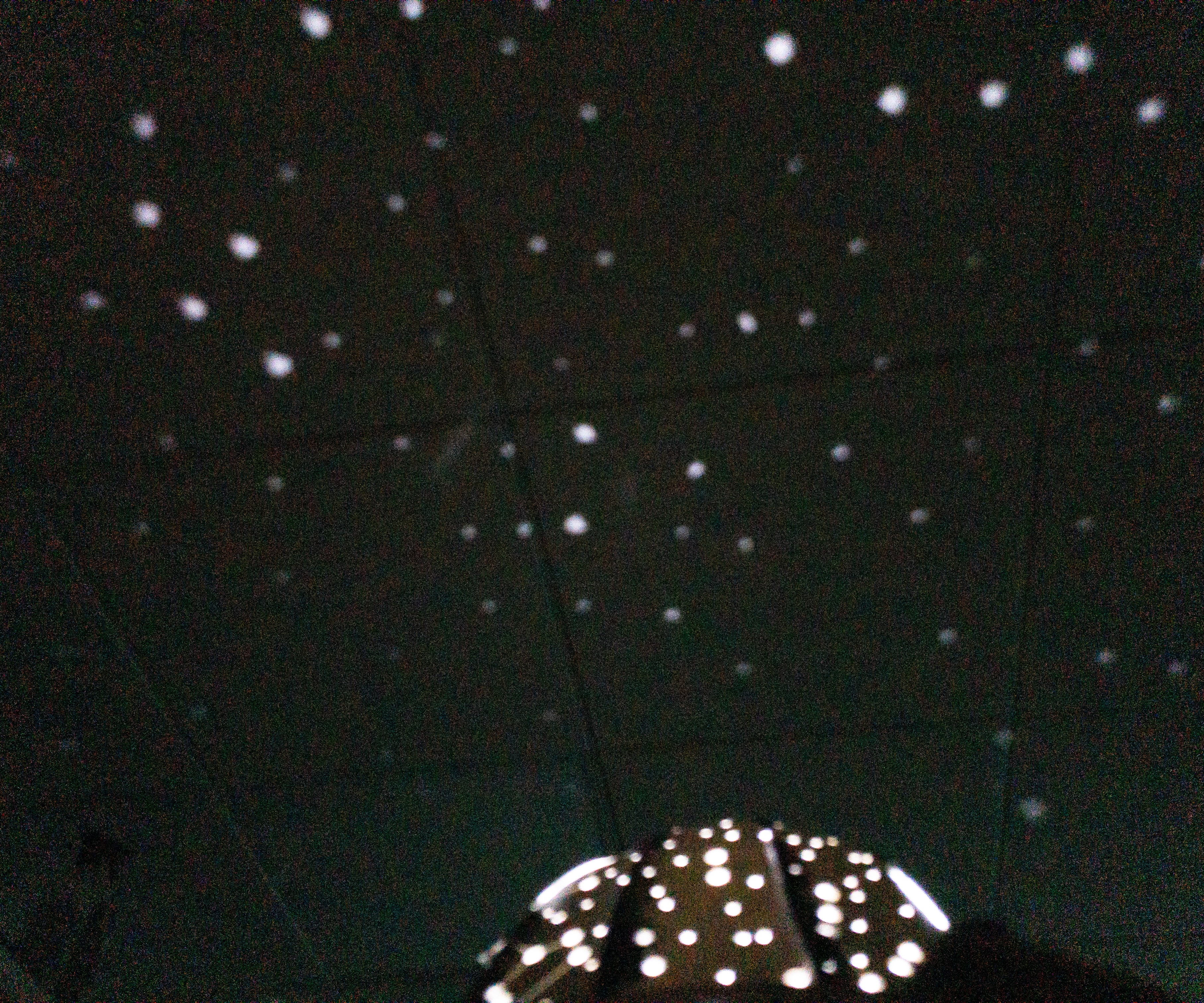
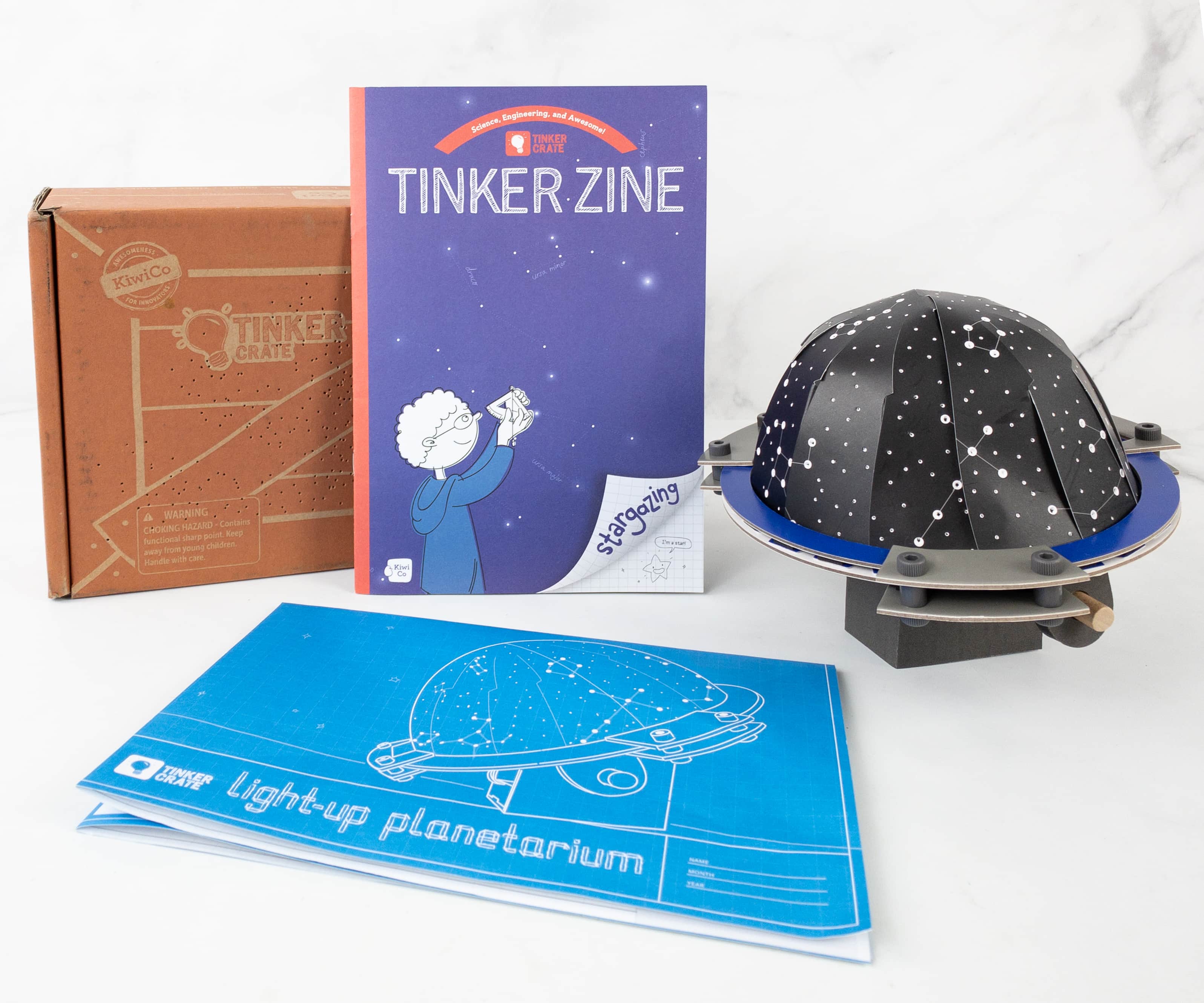
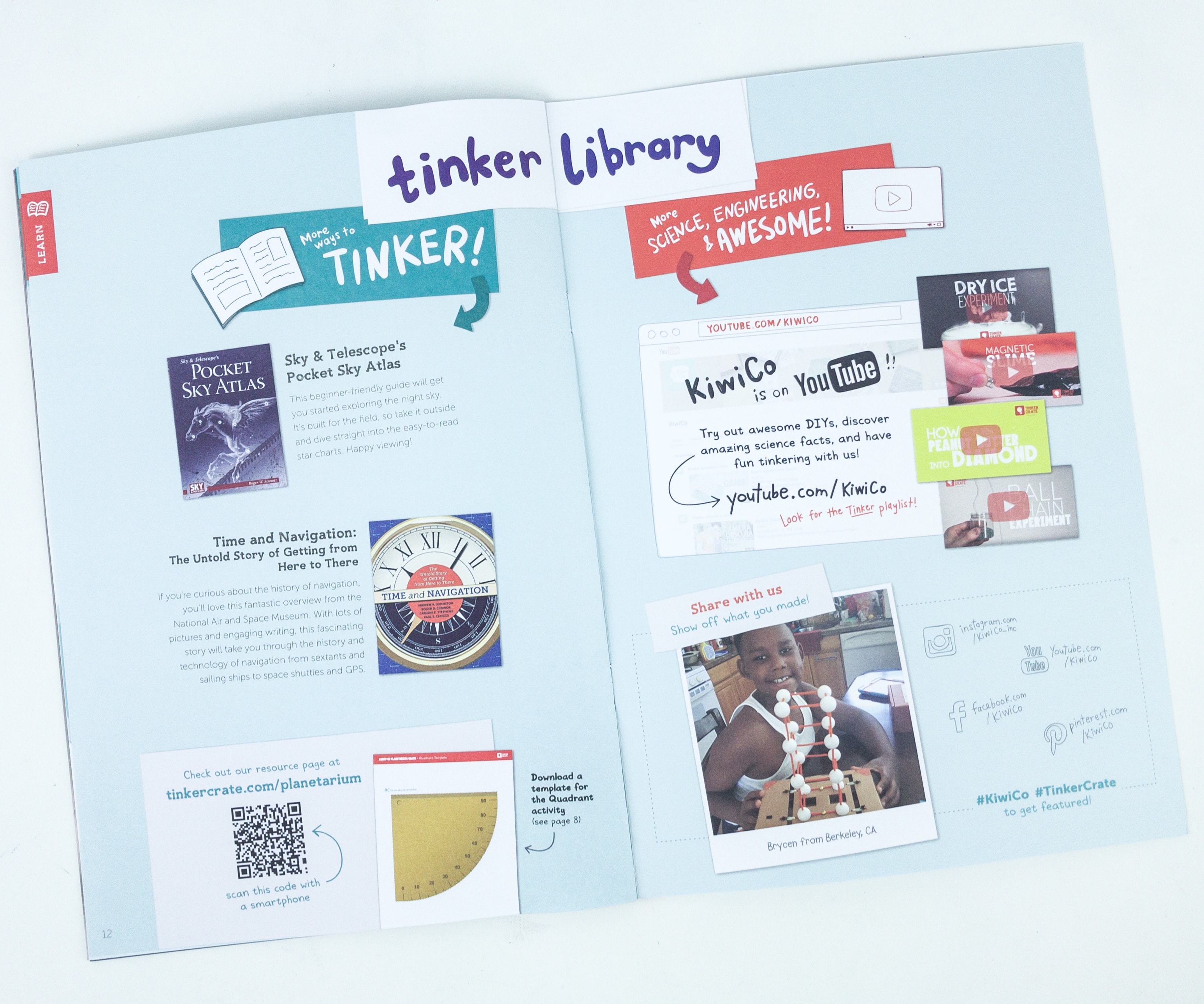




Comments